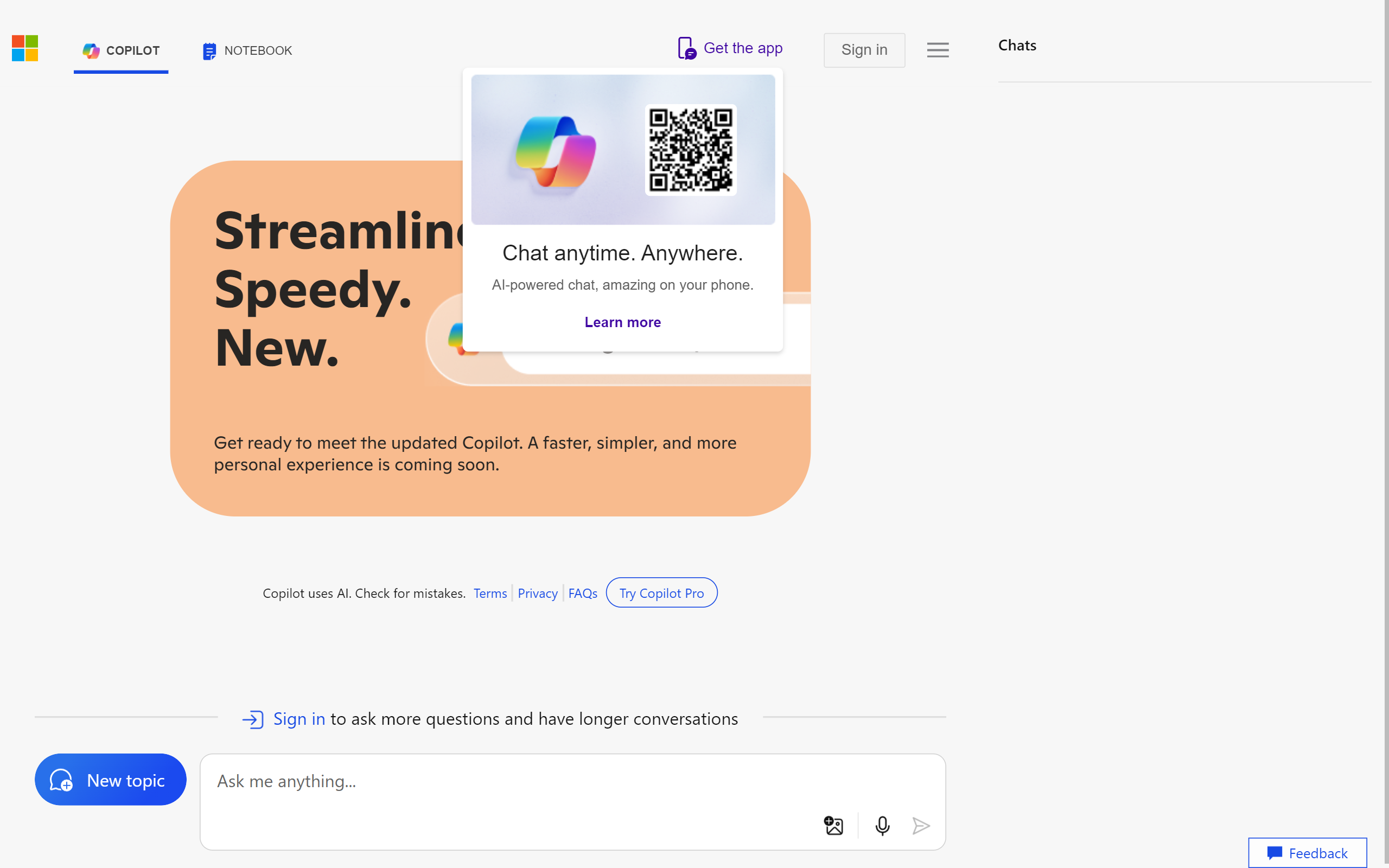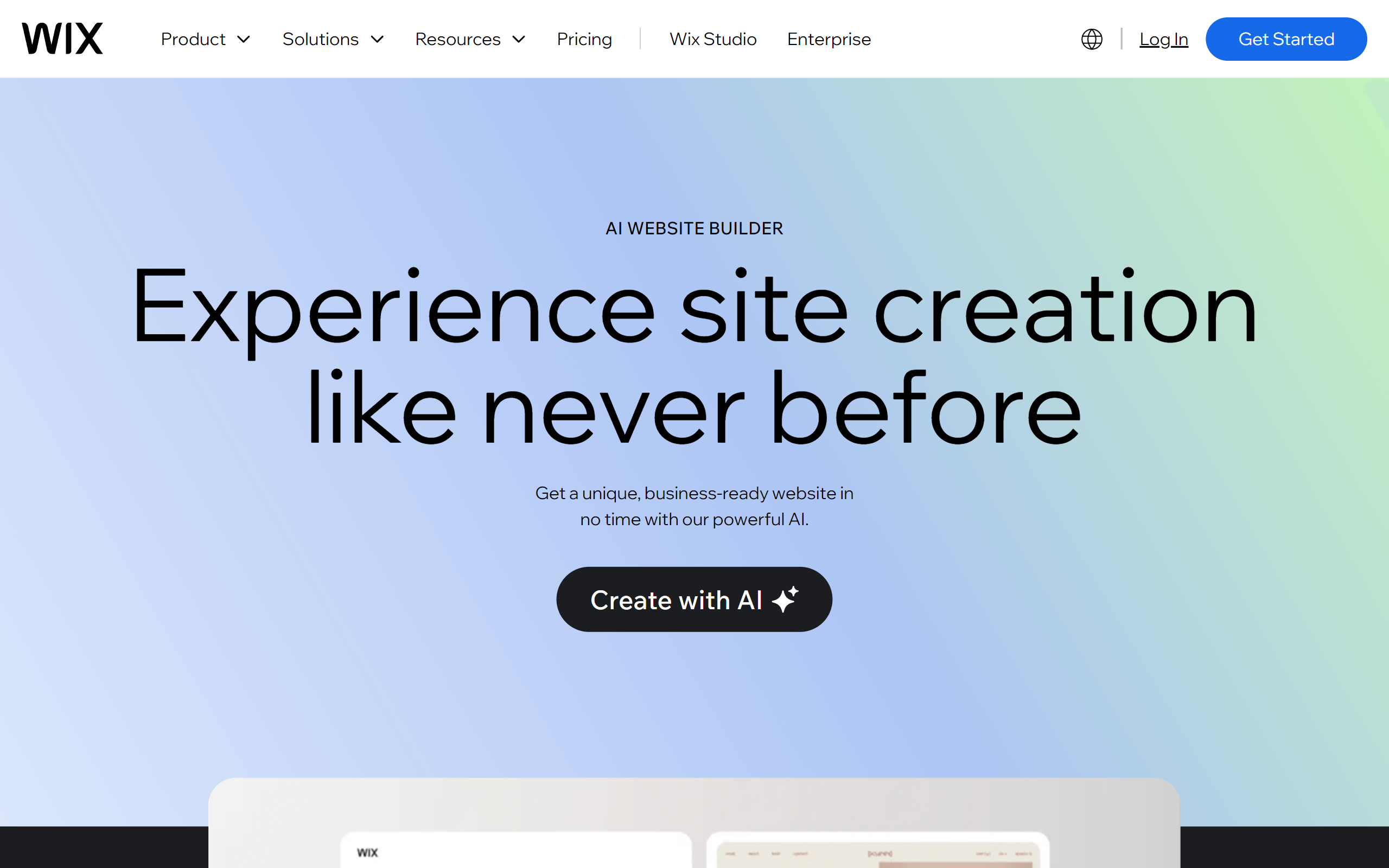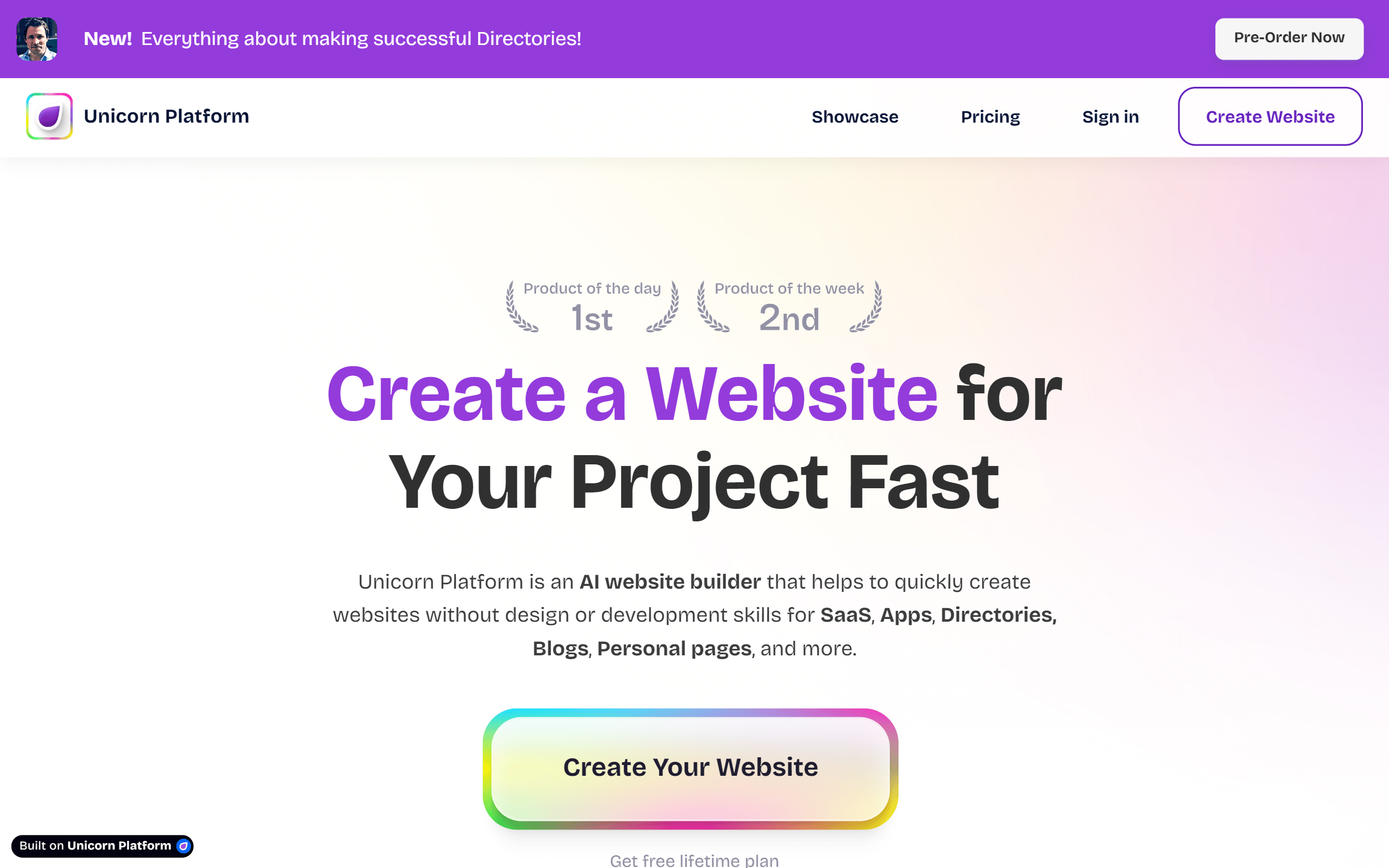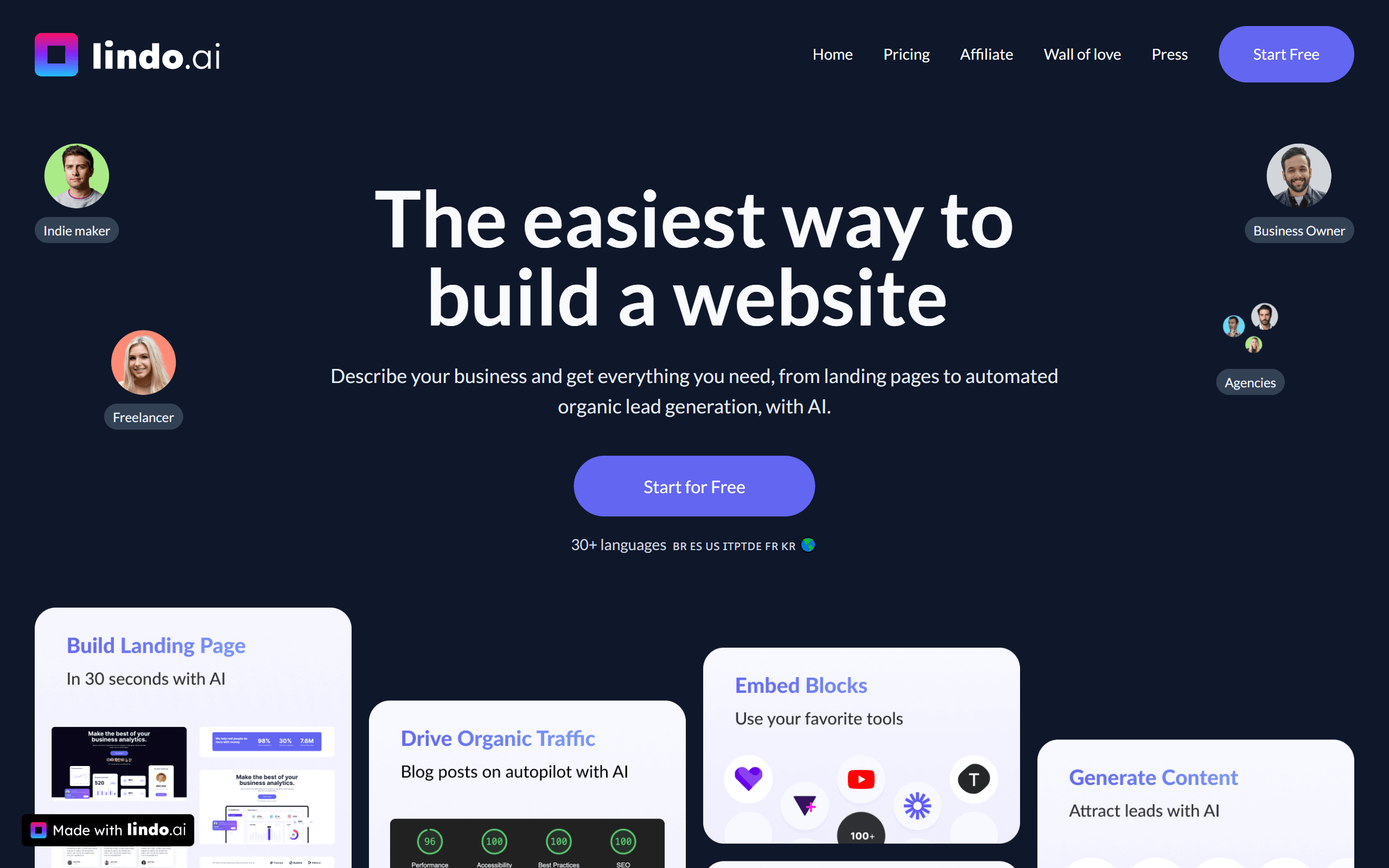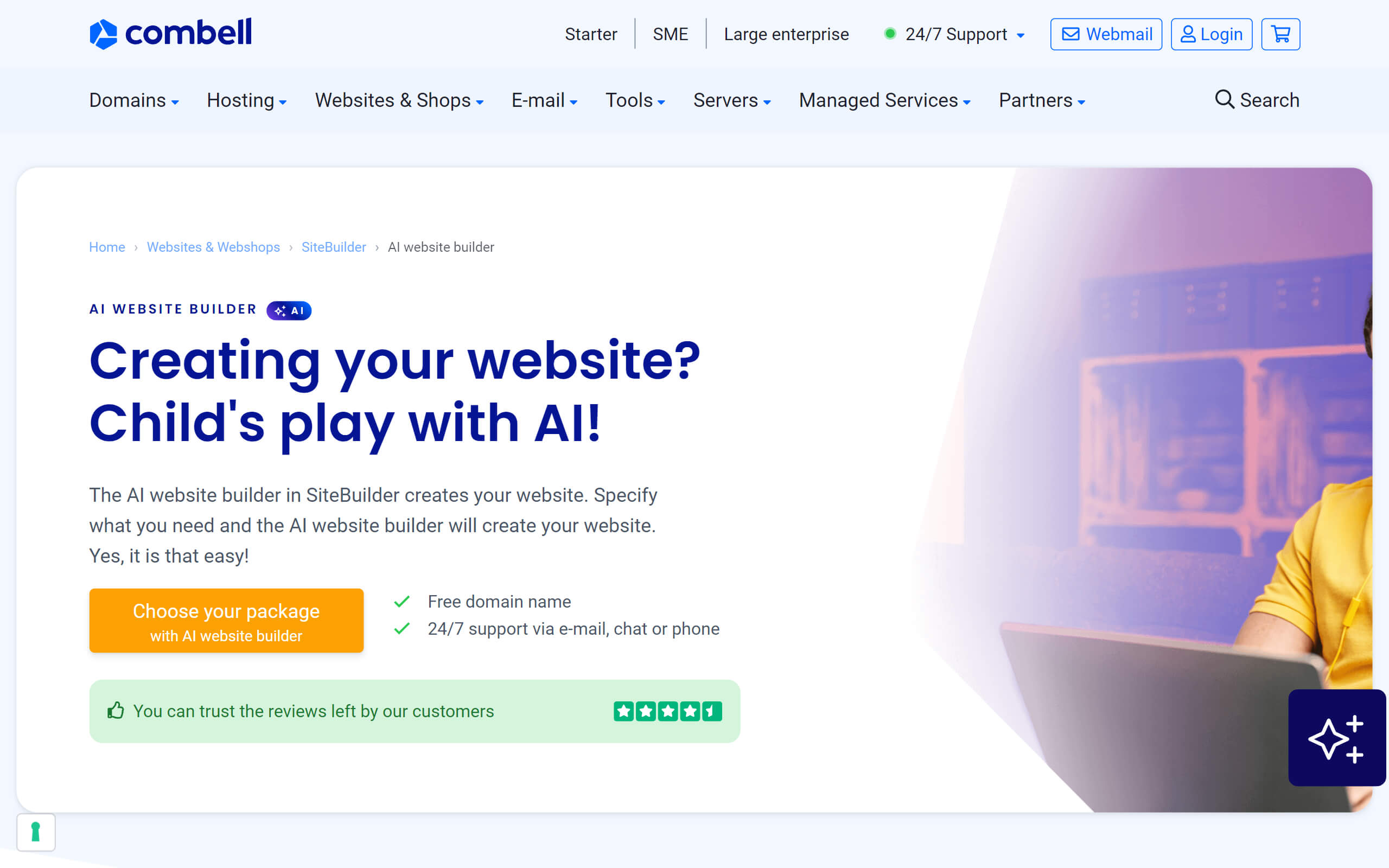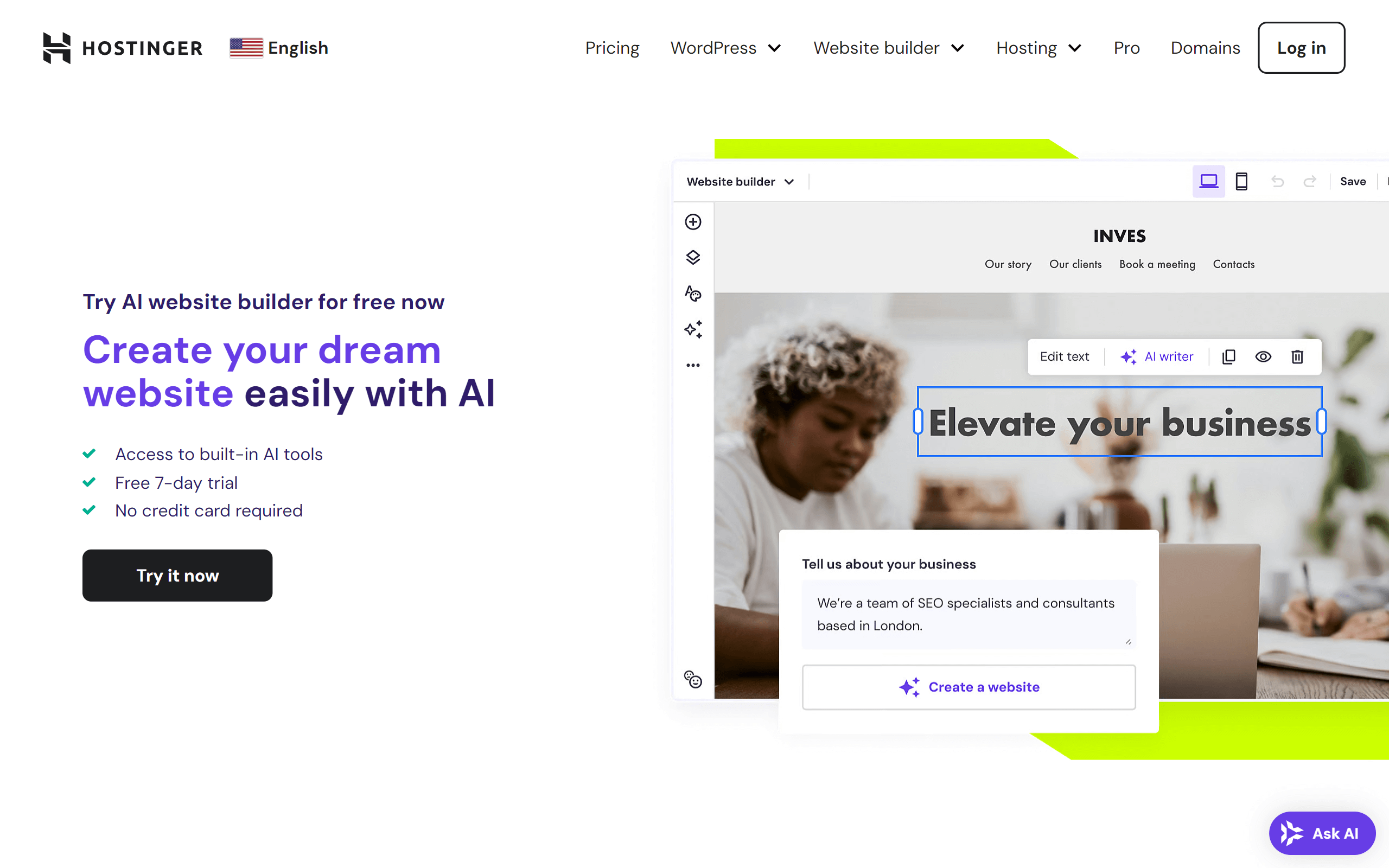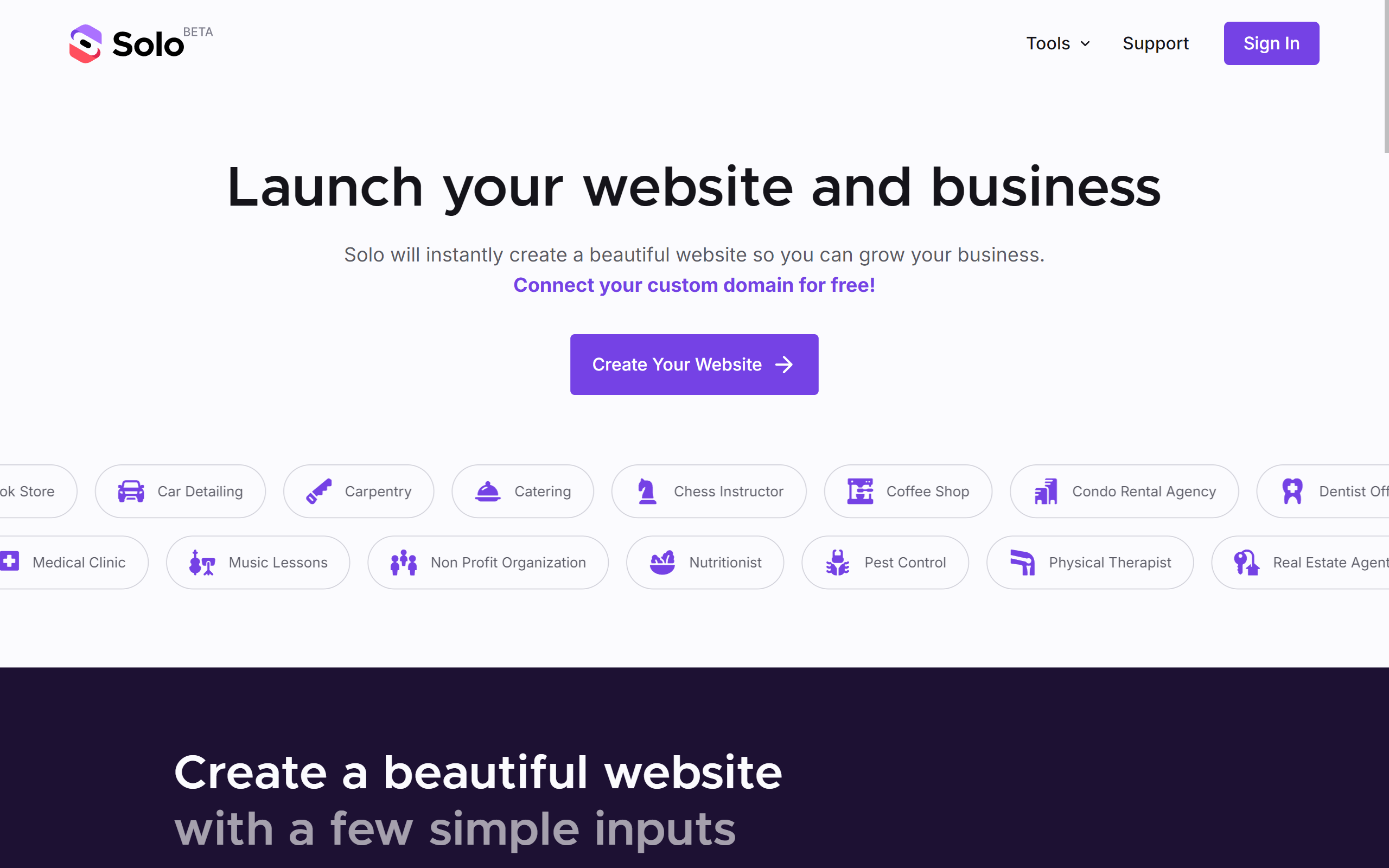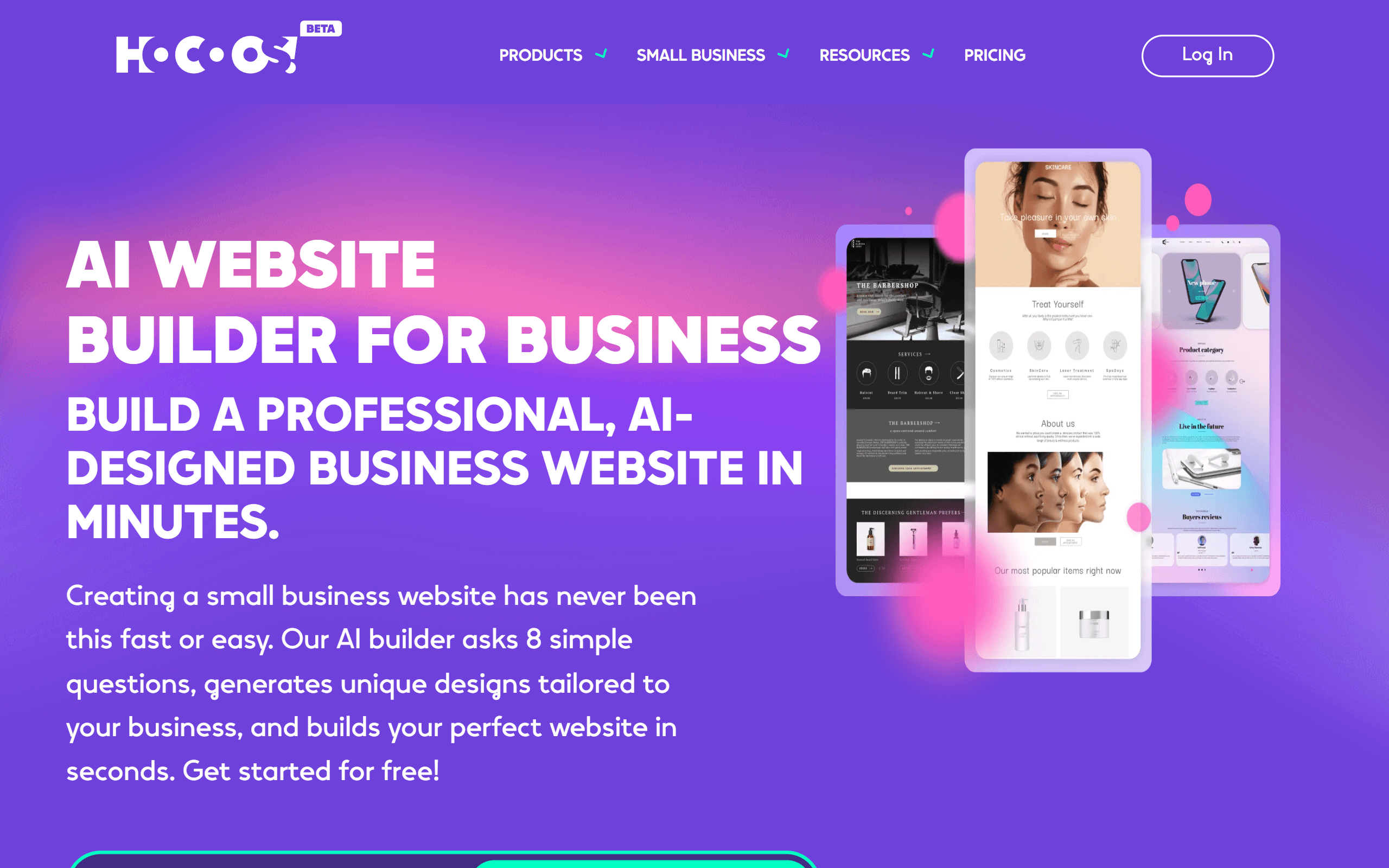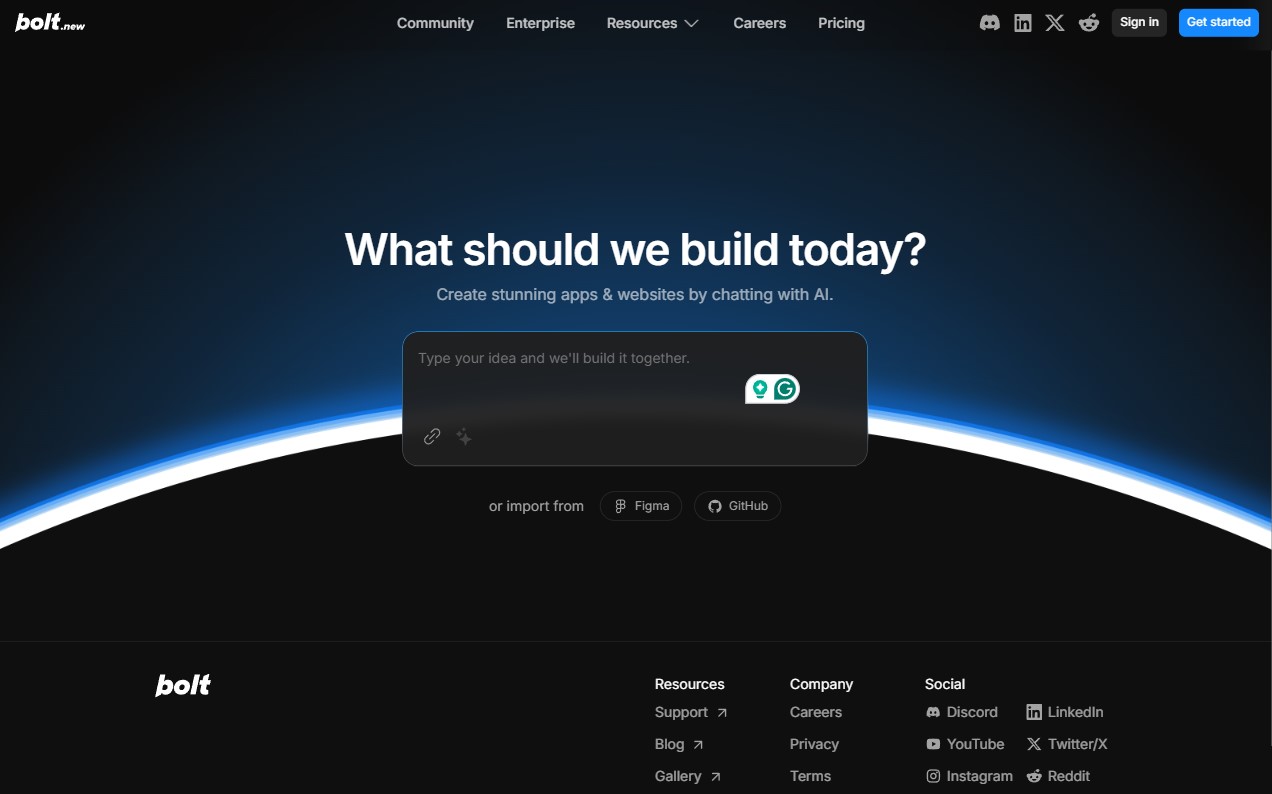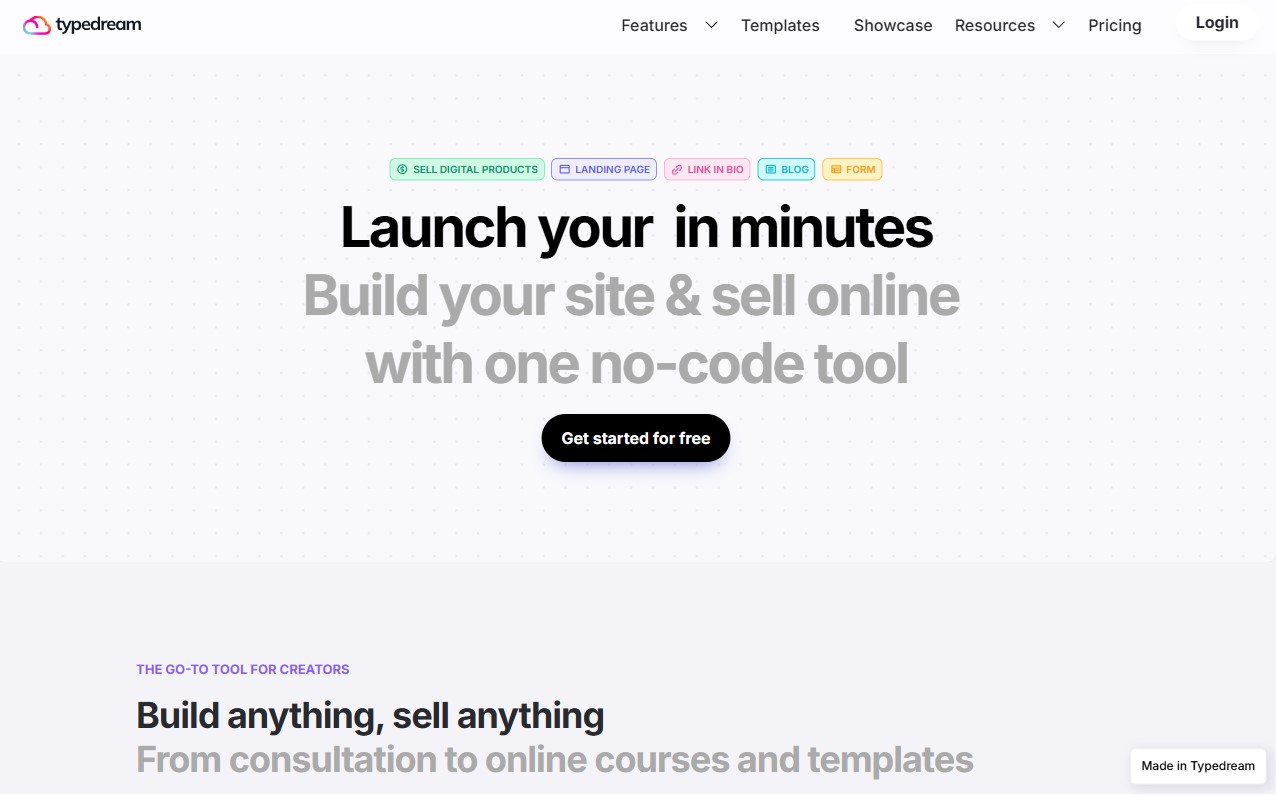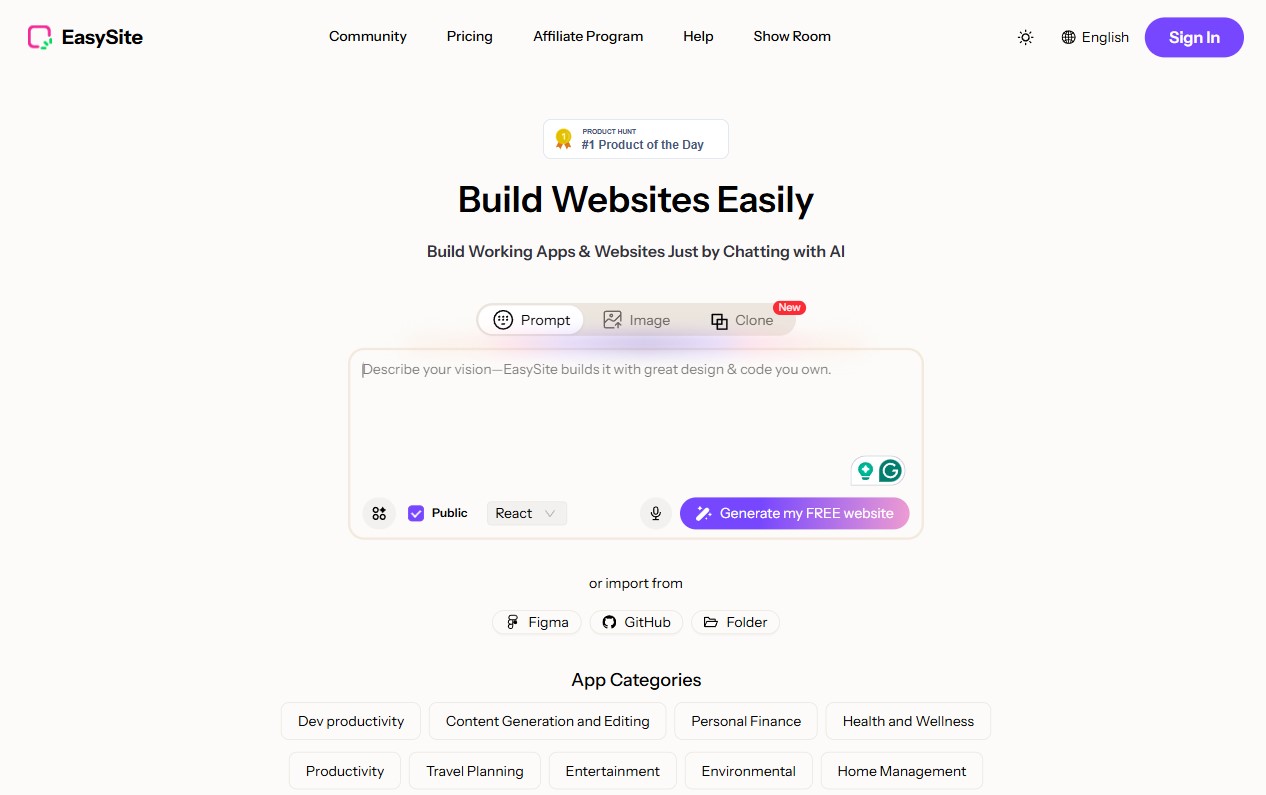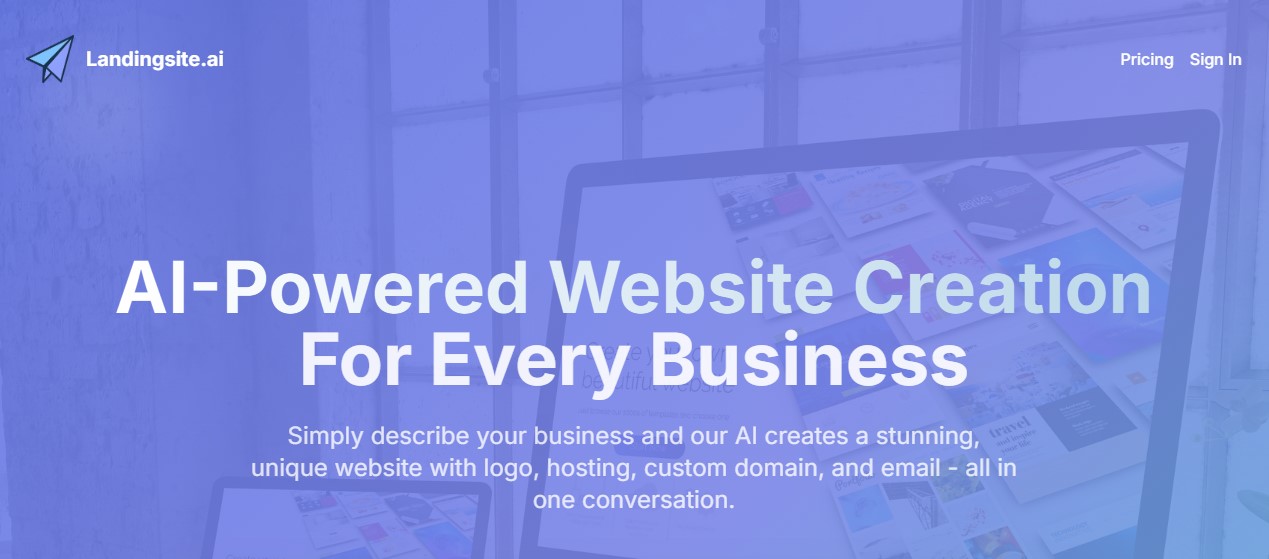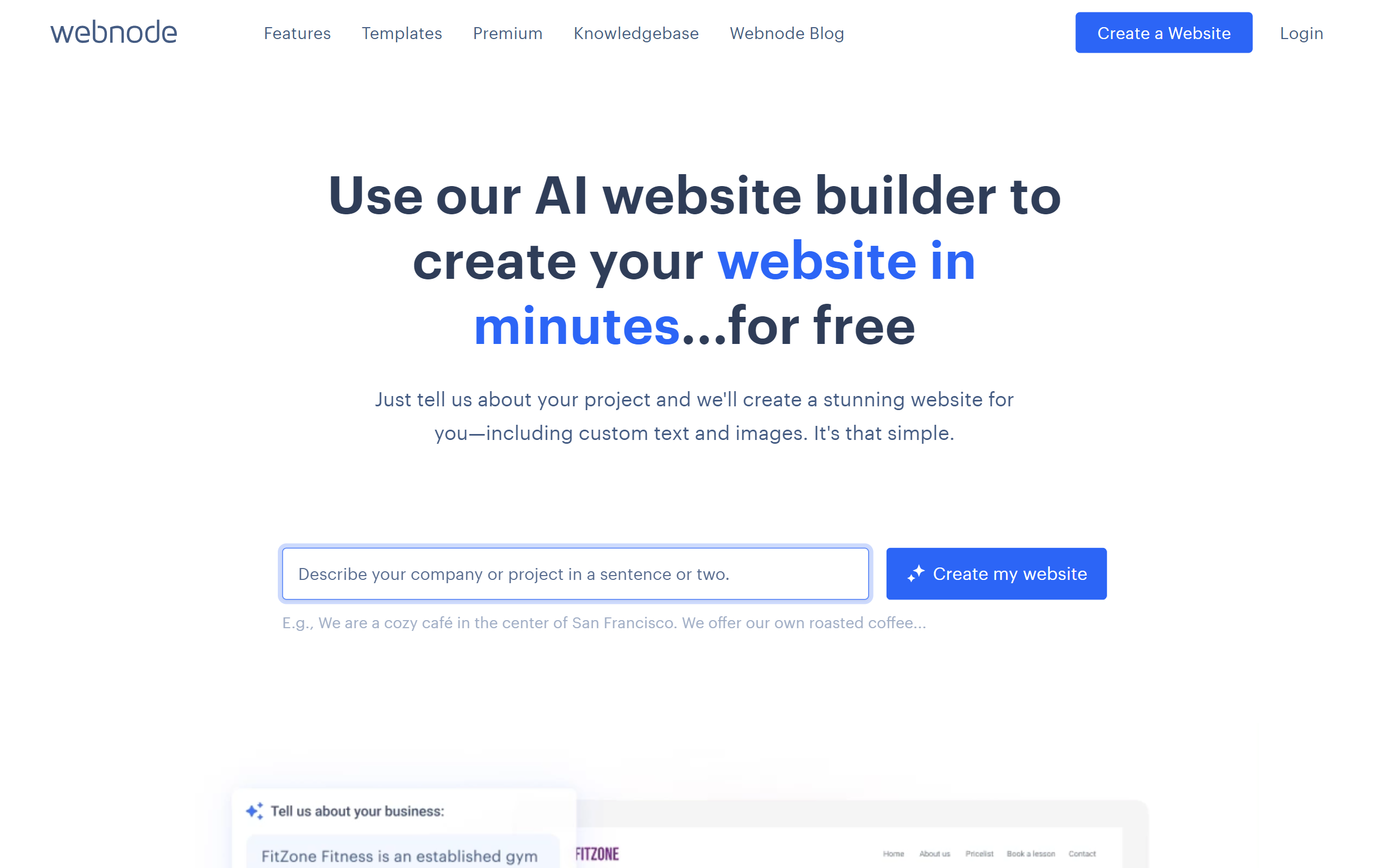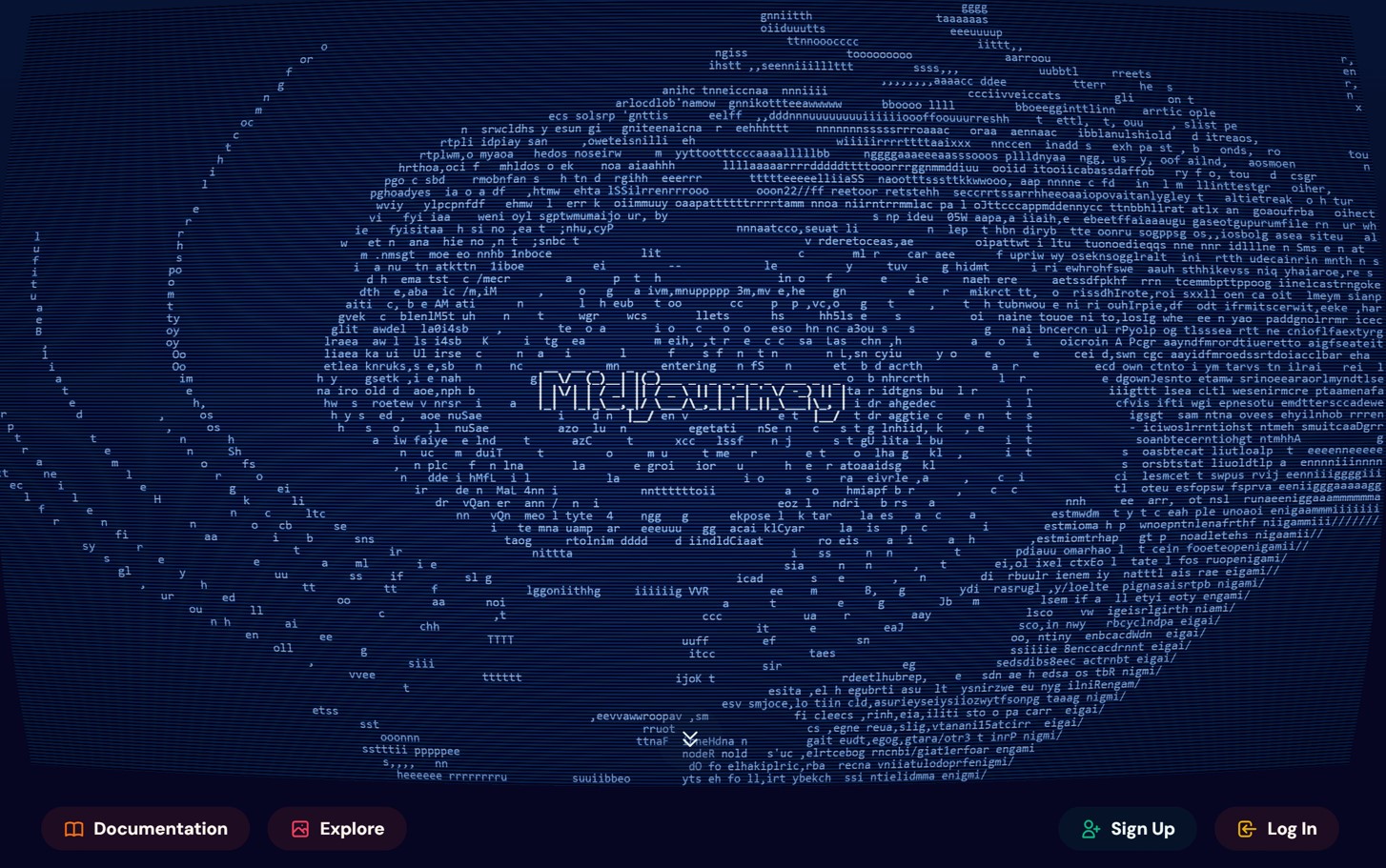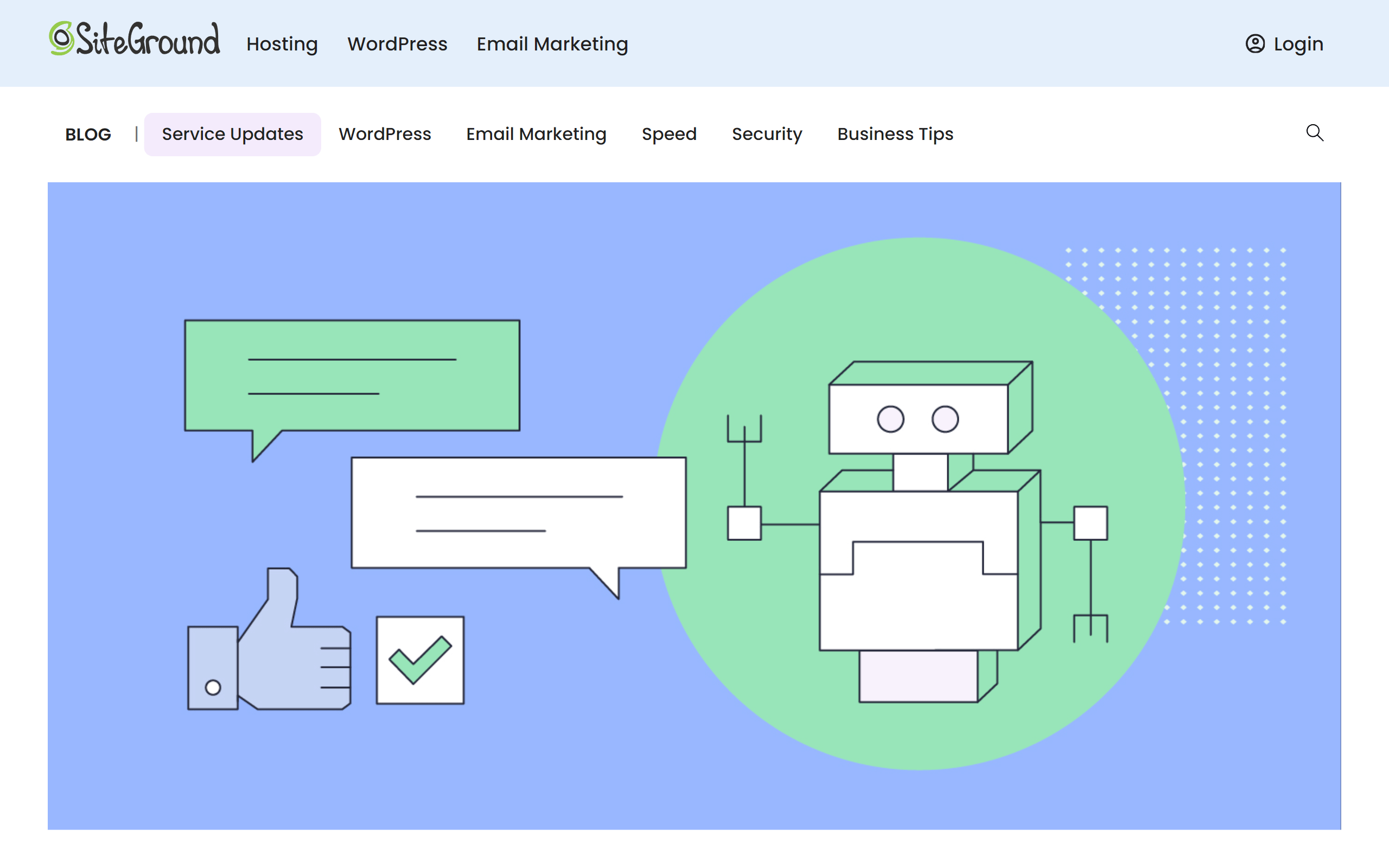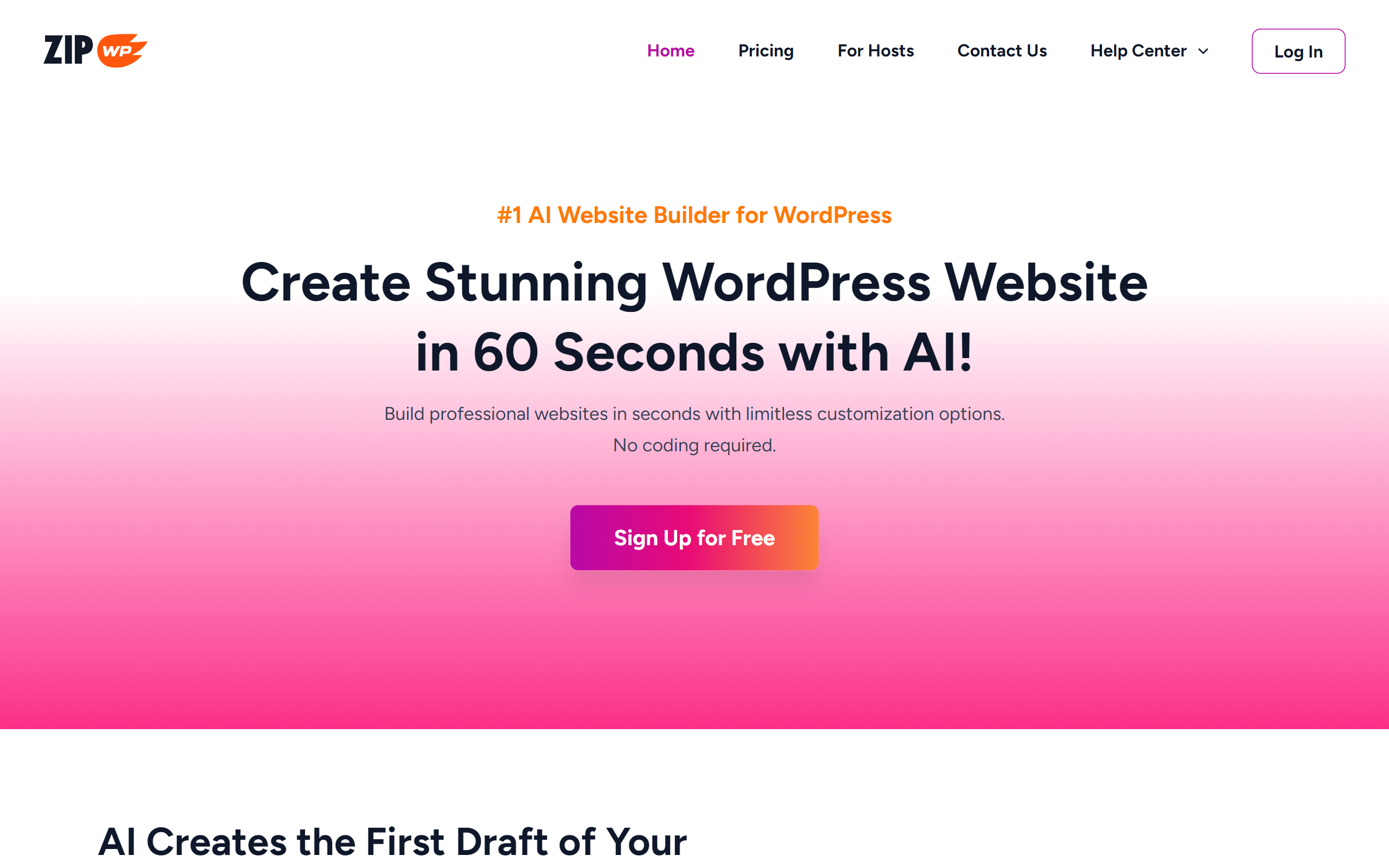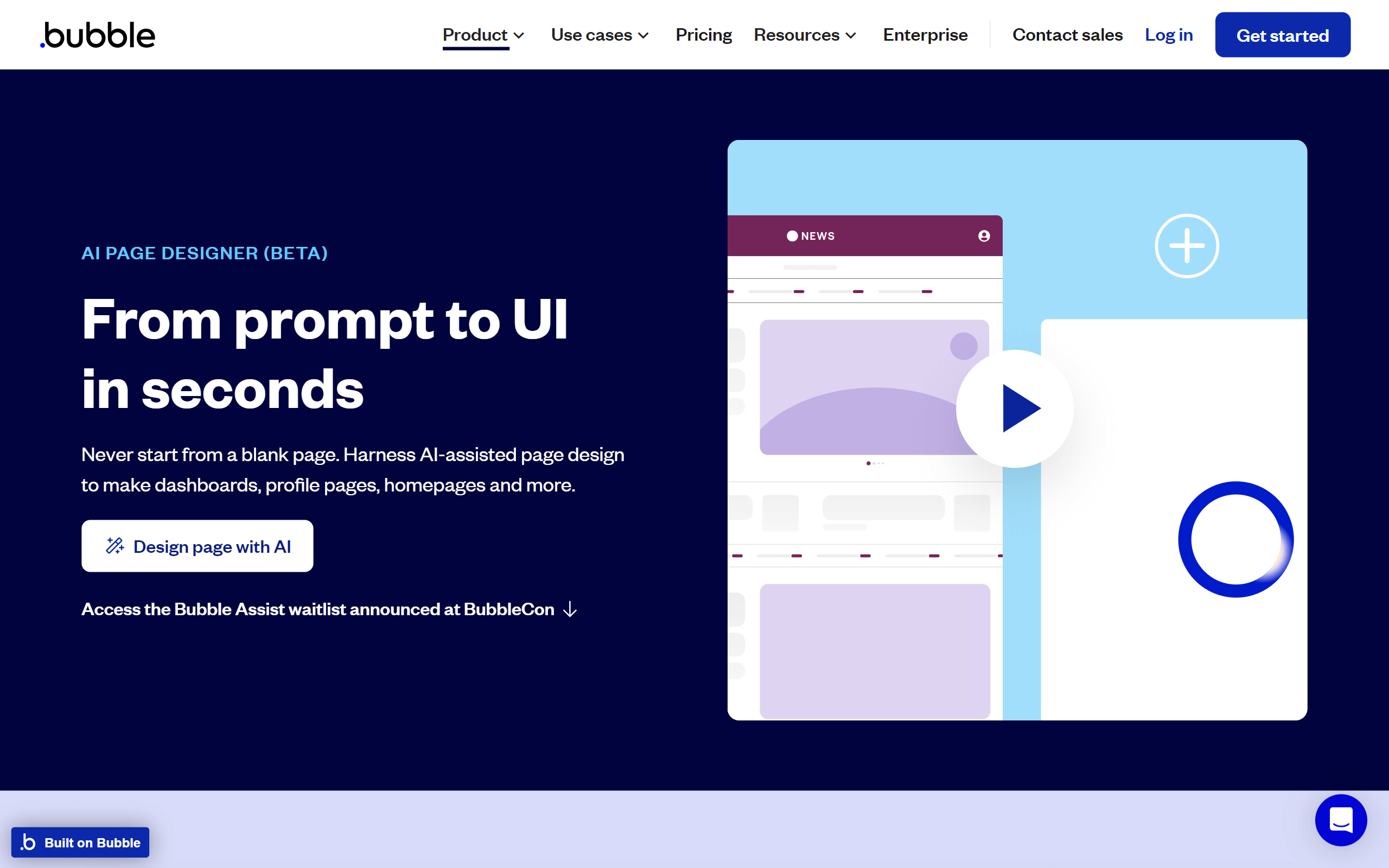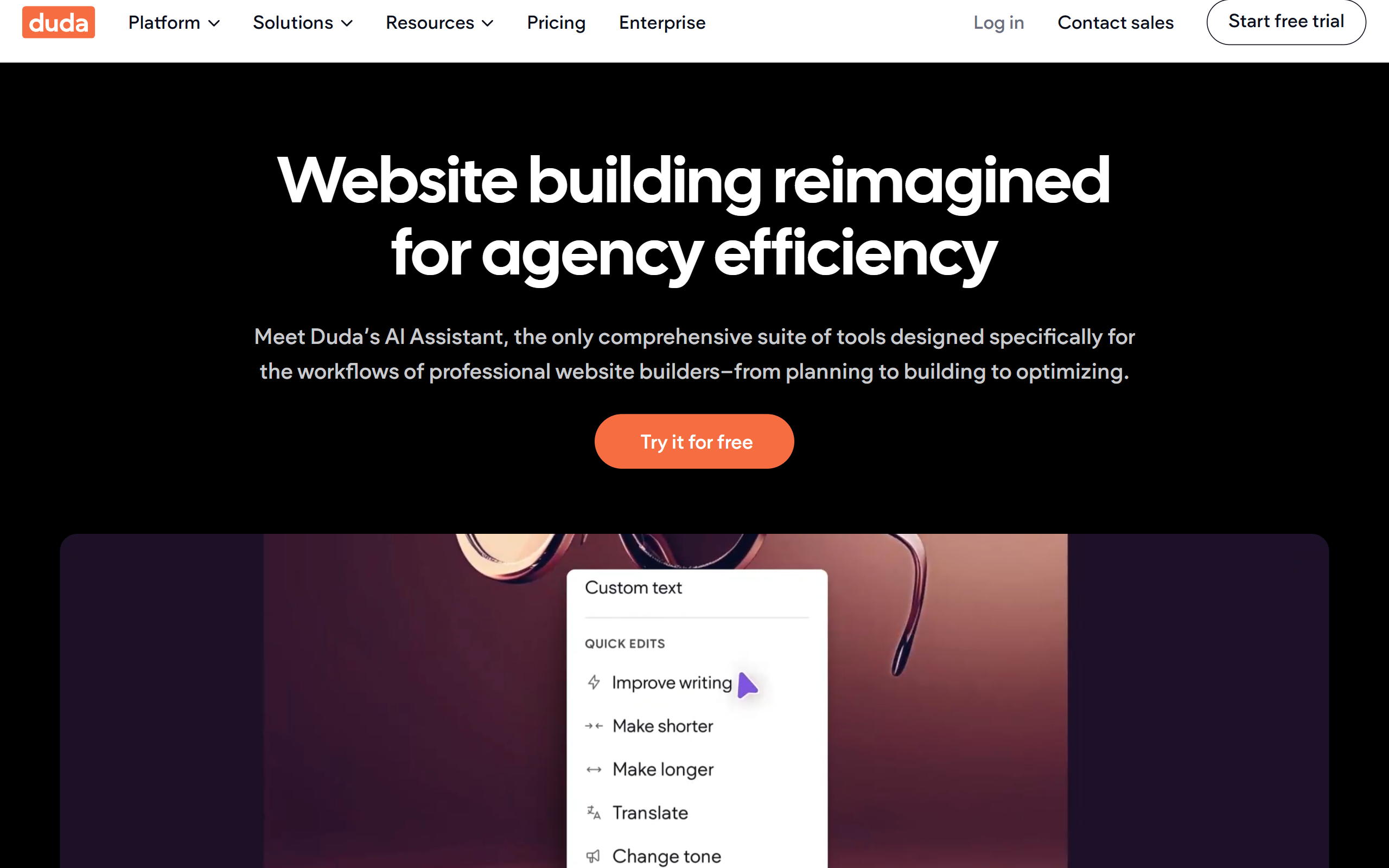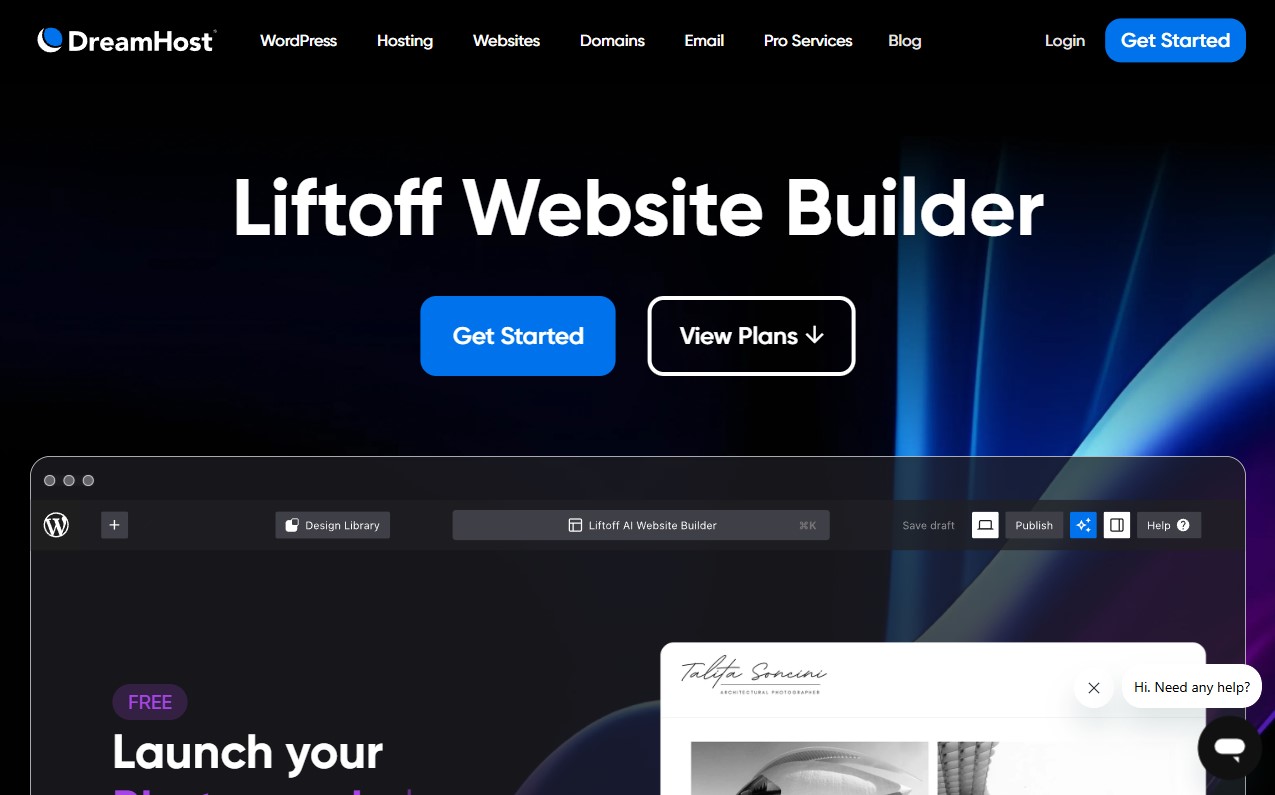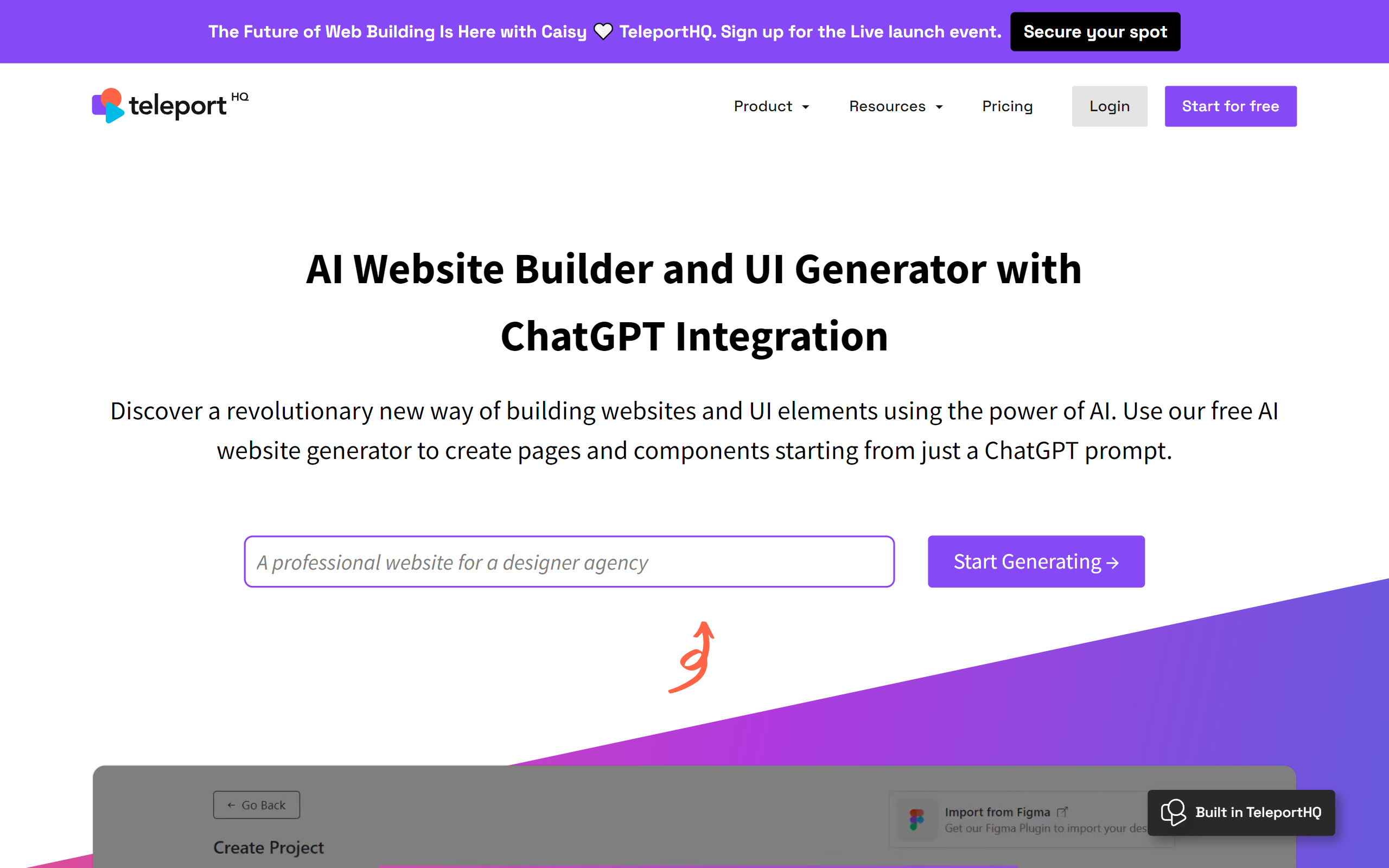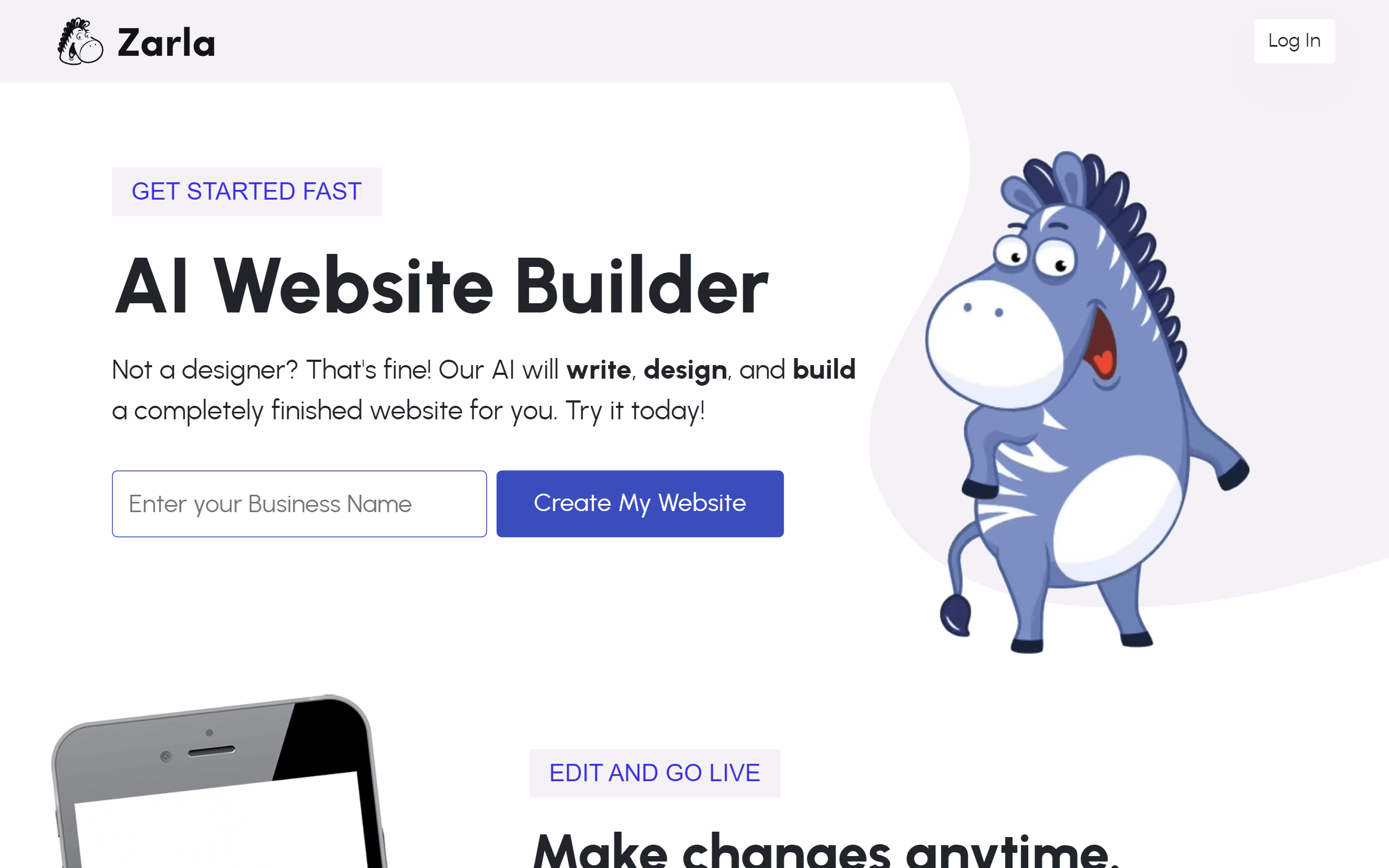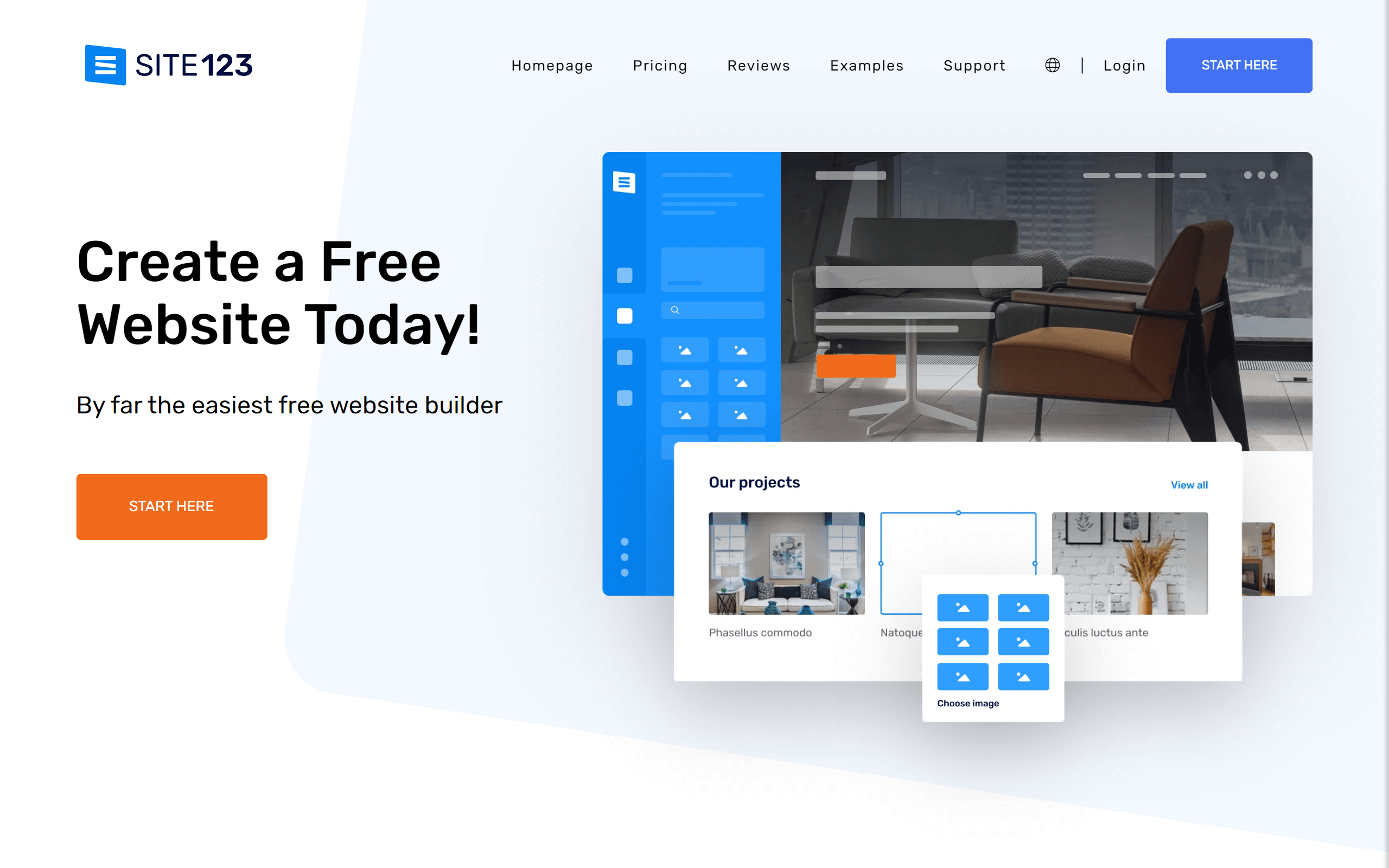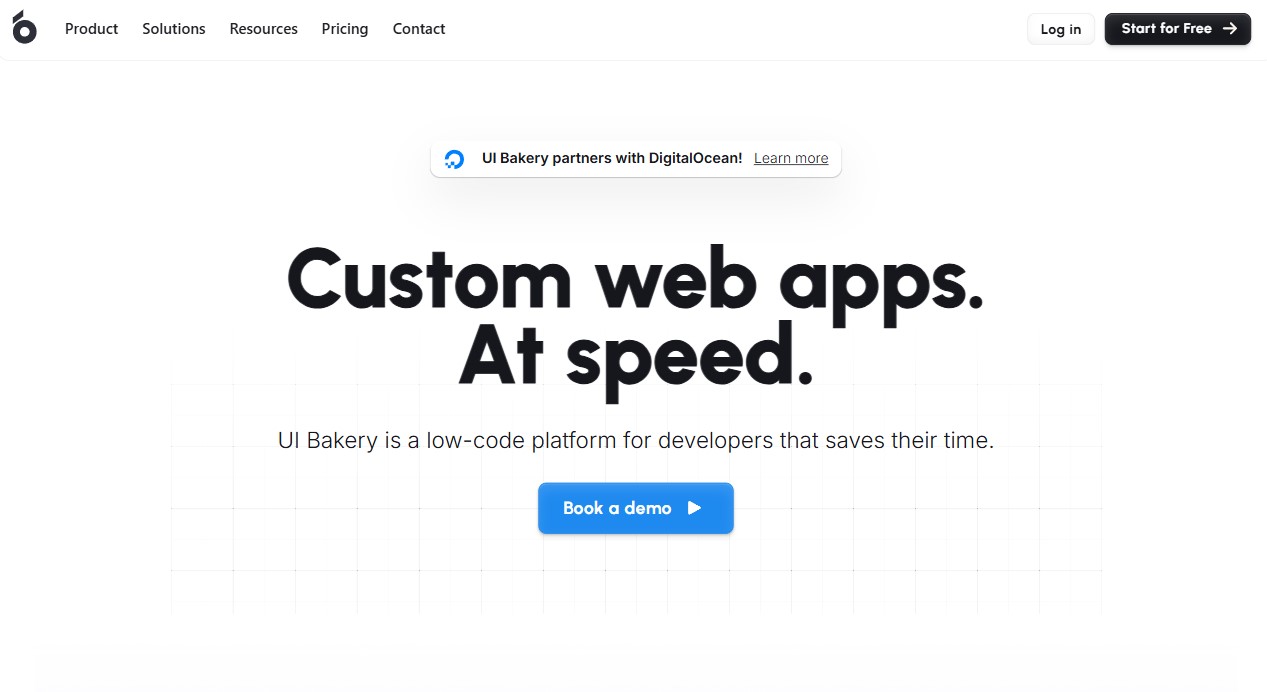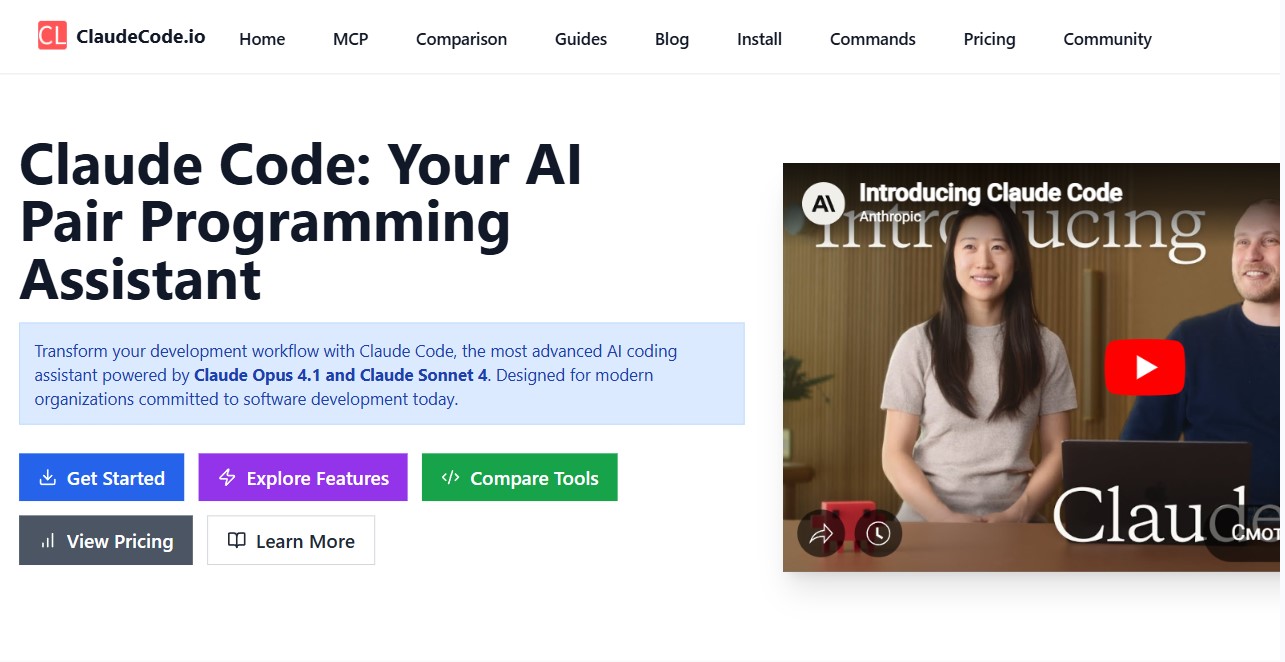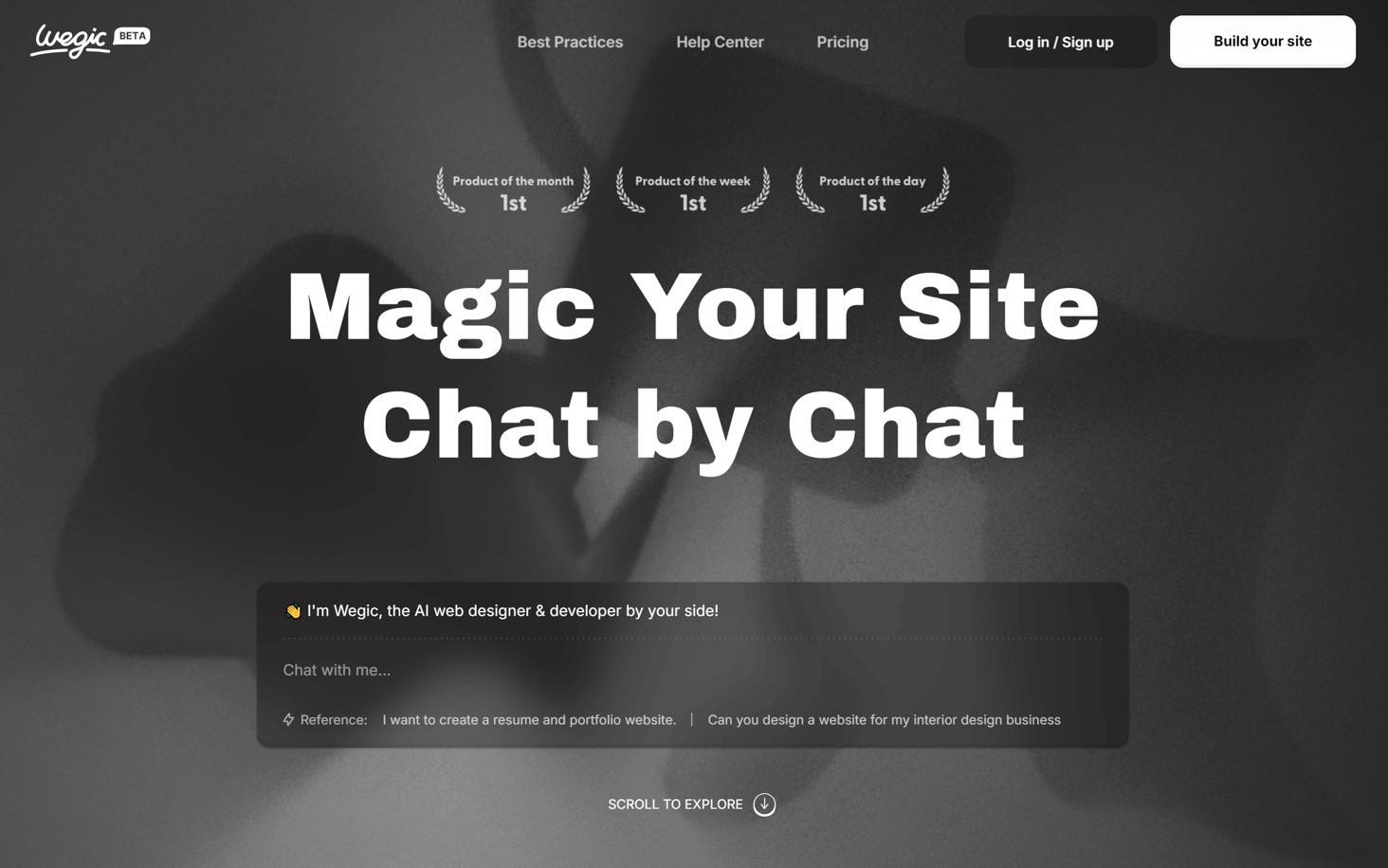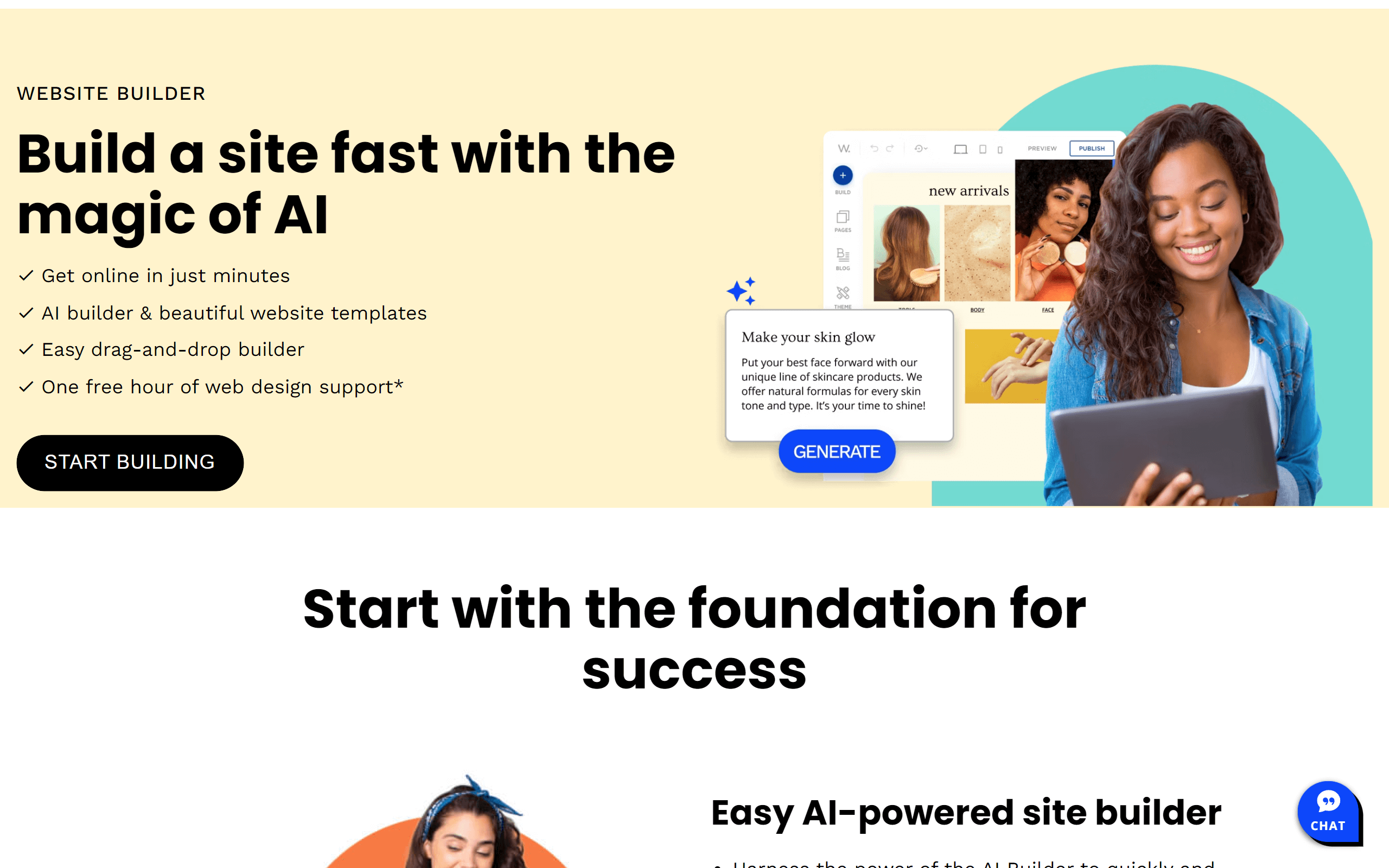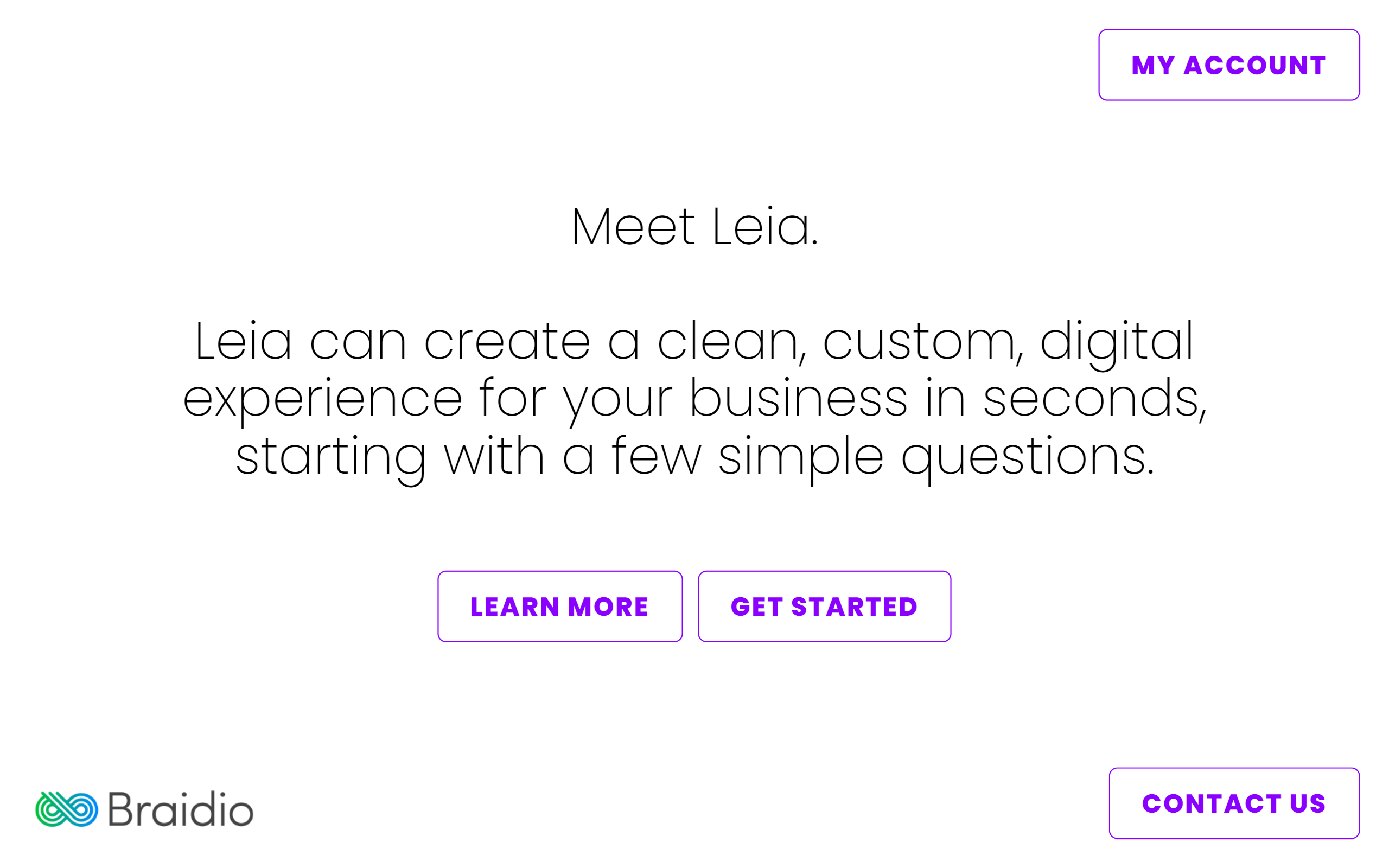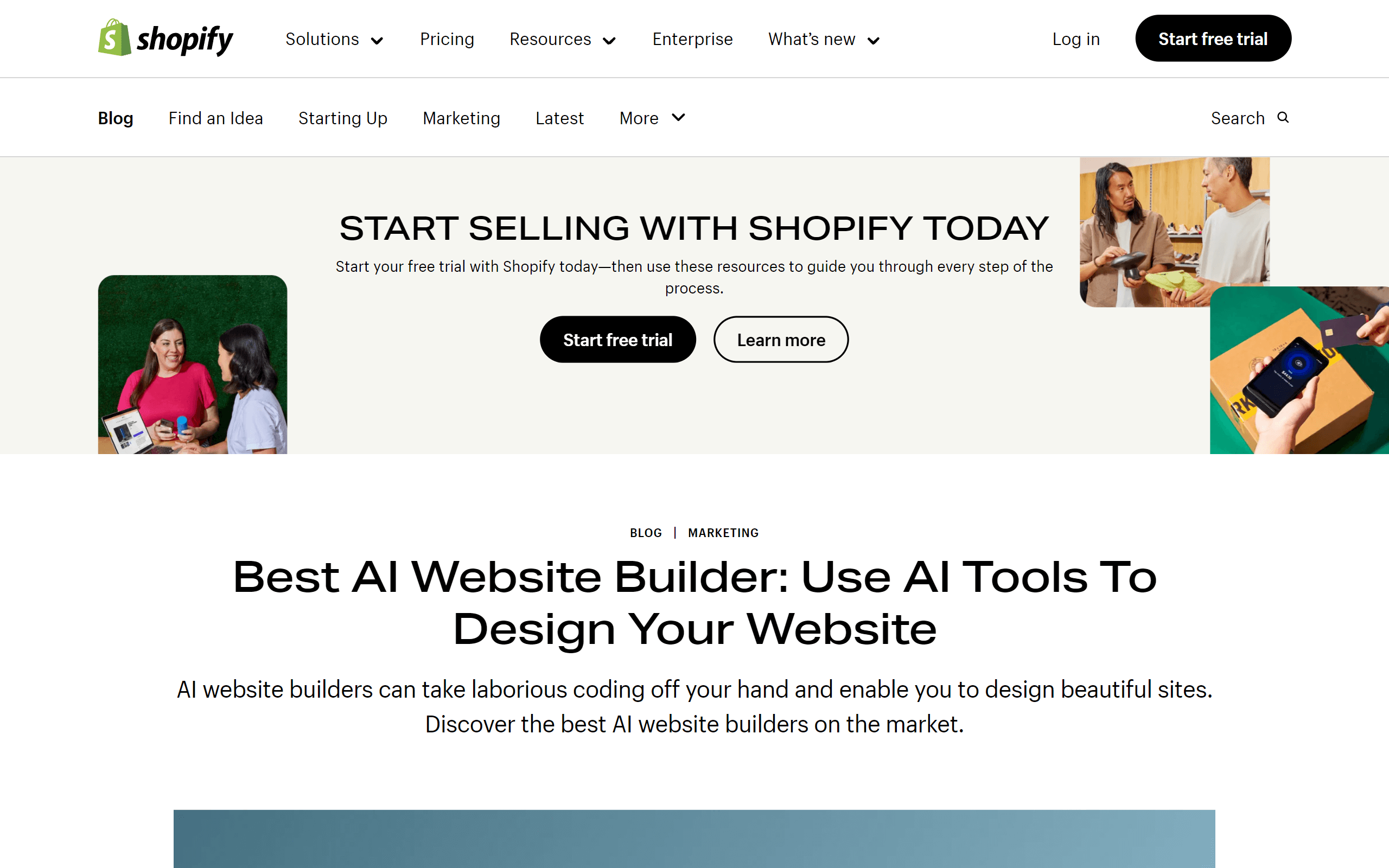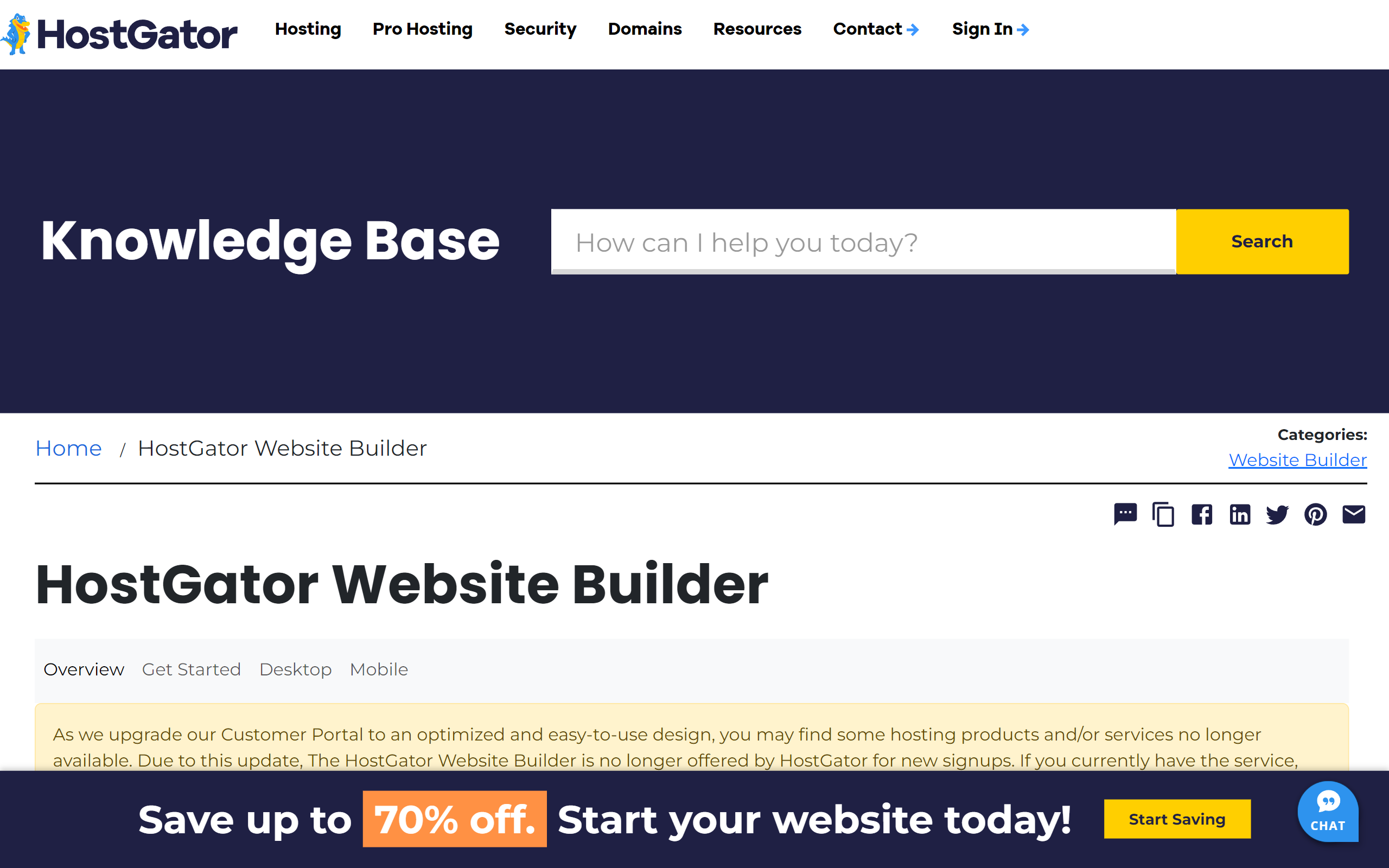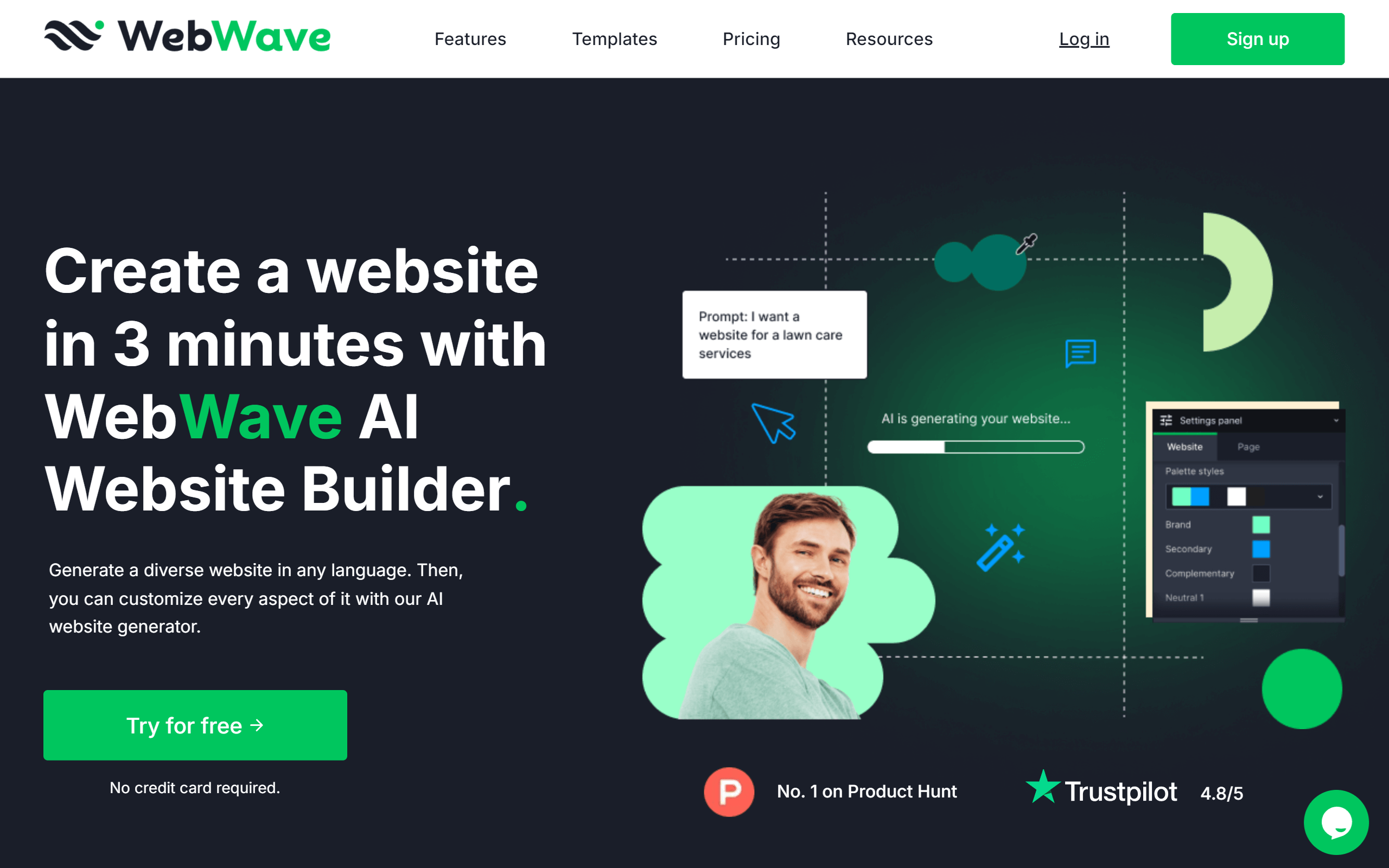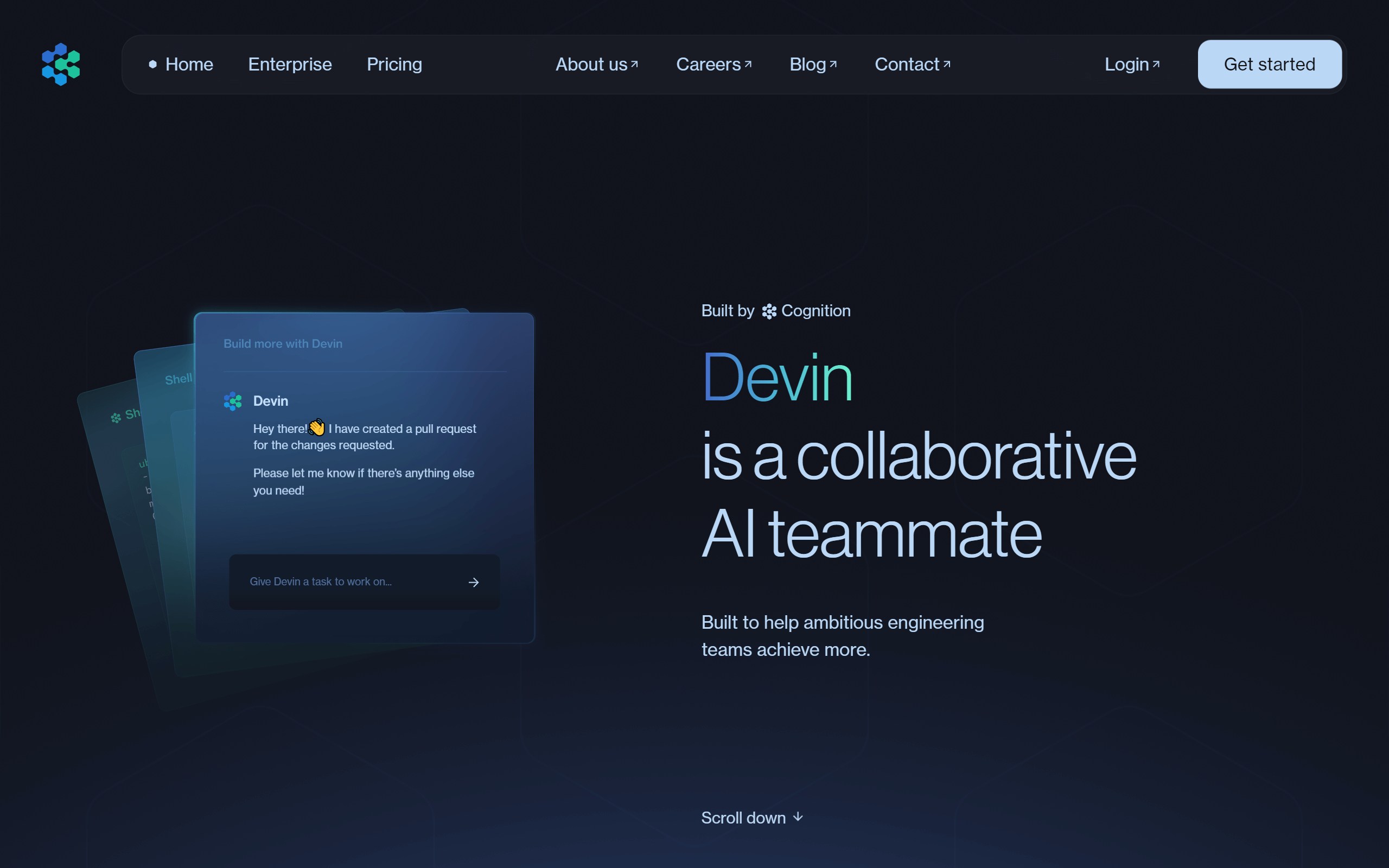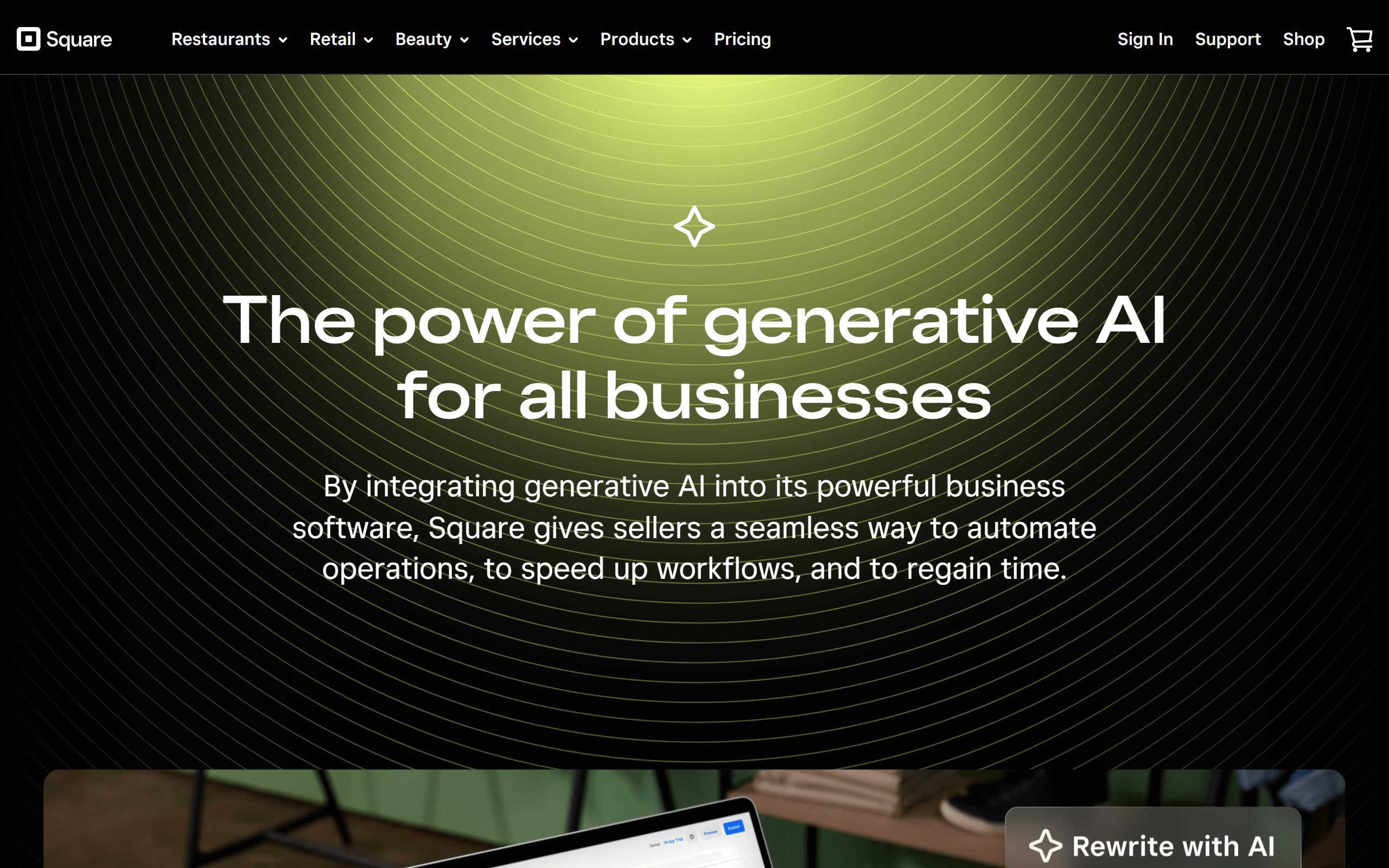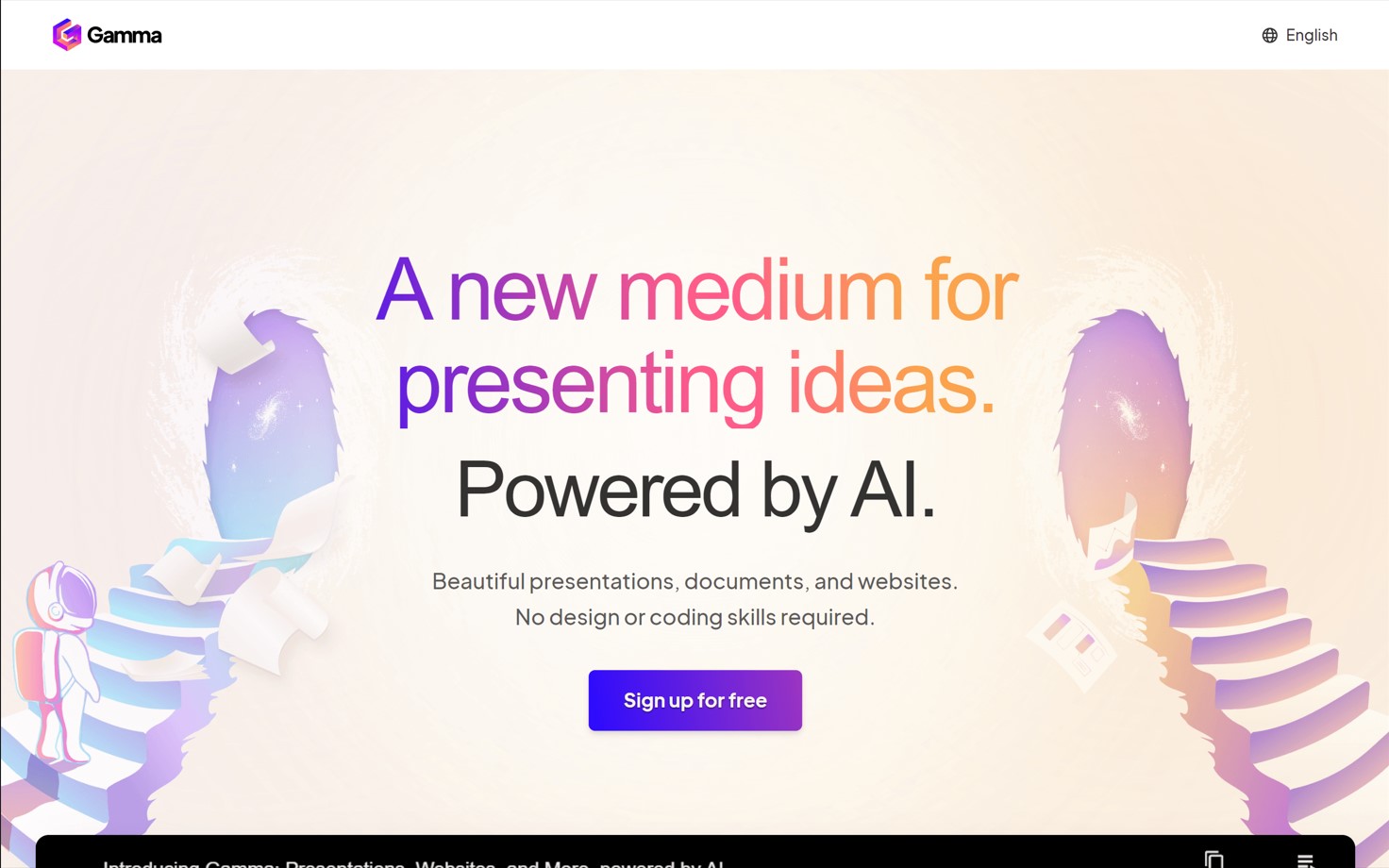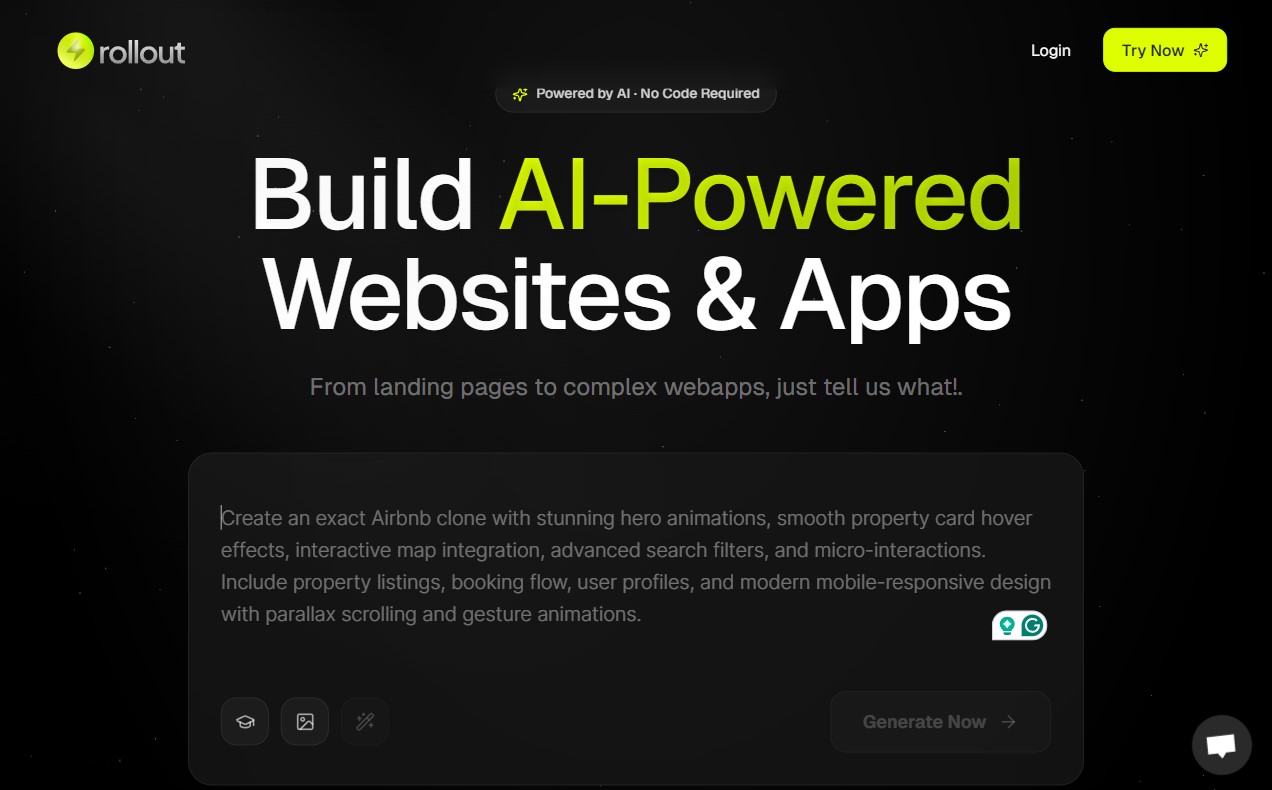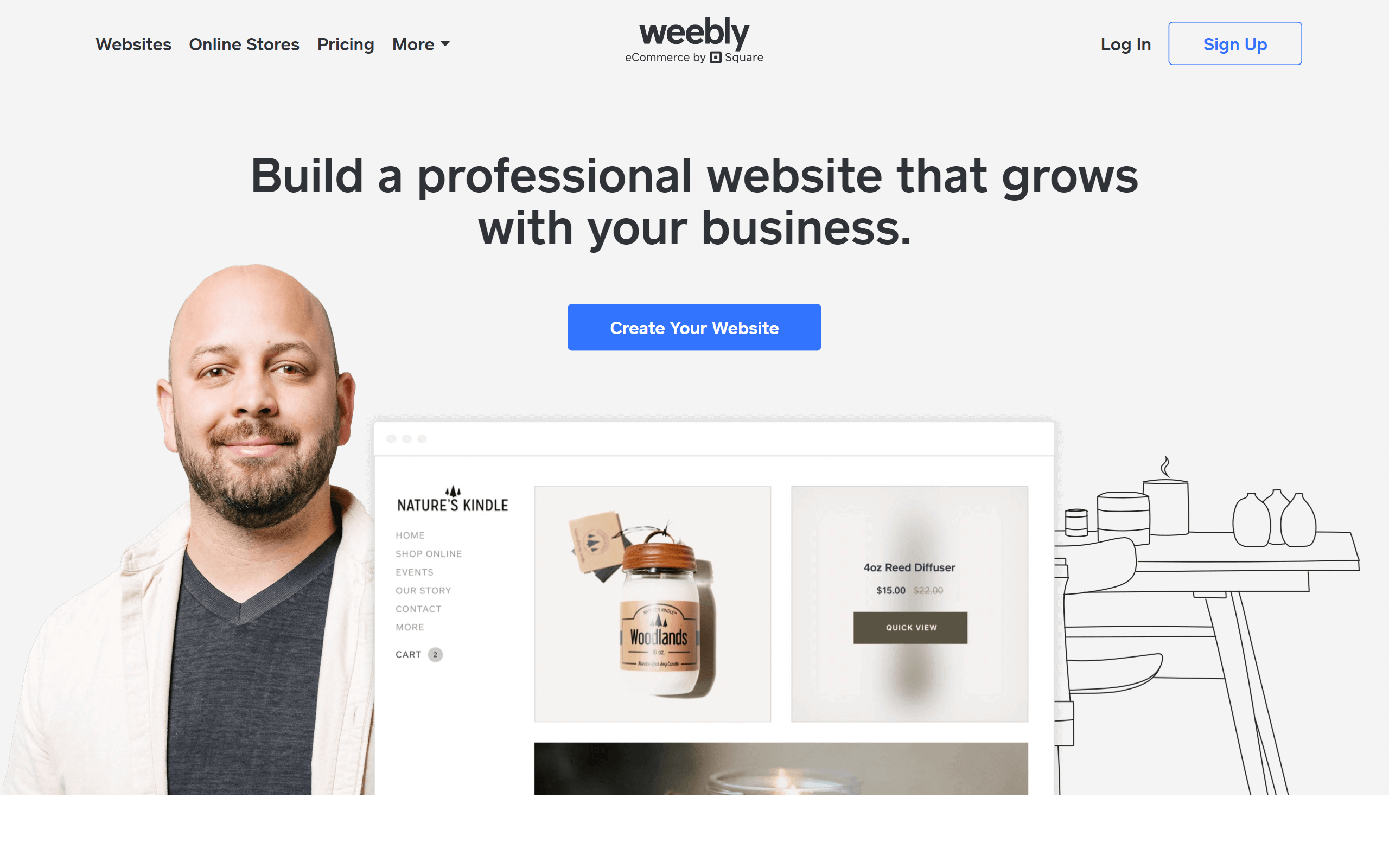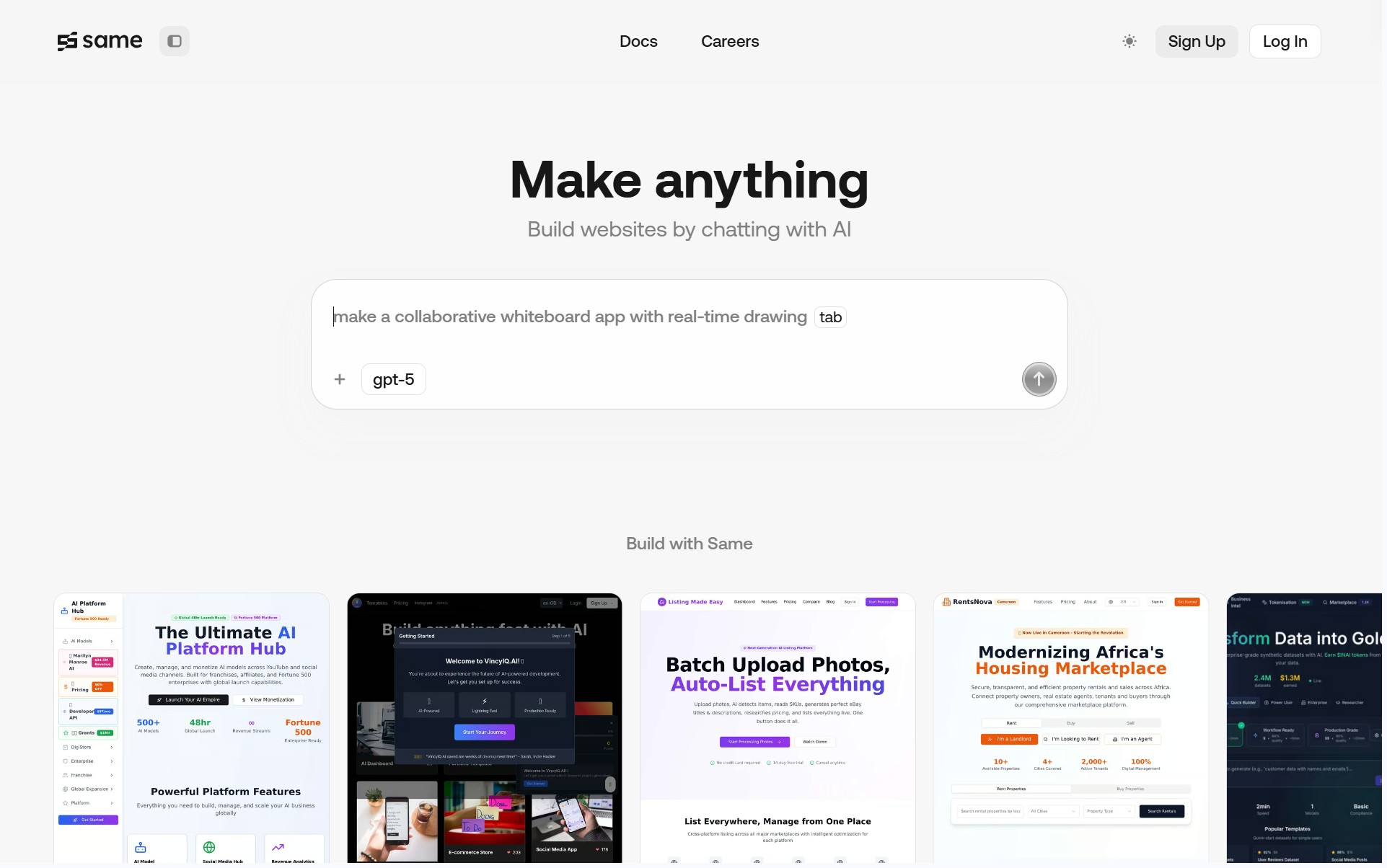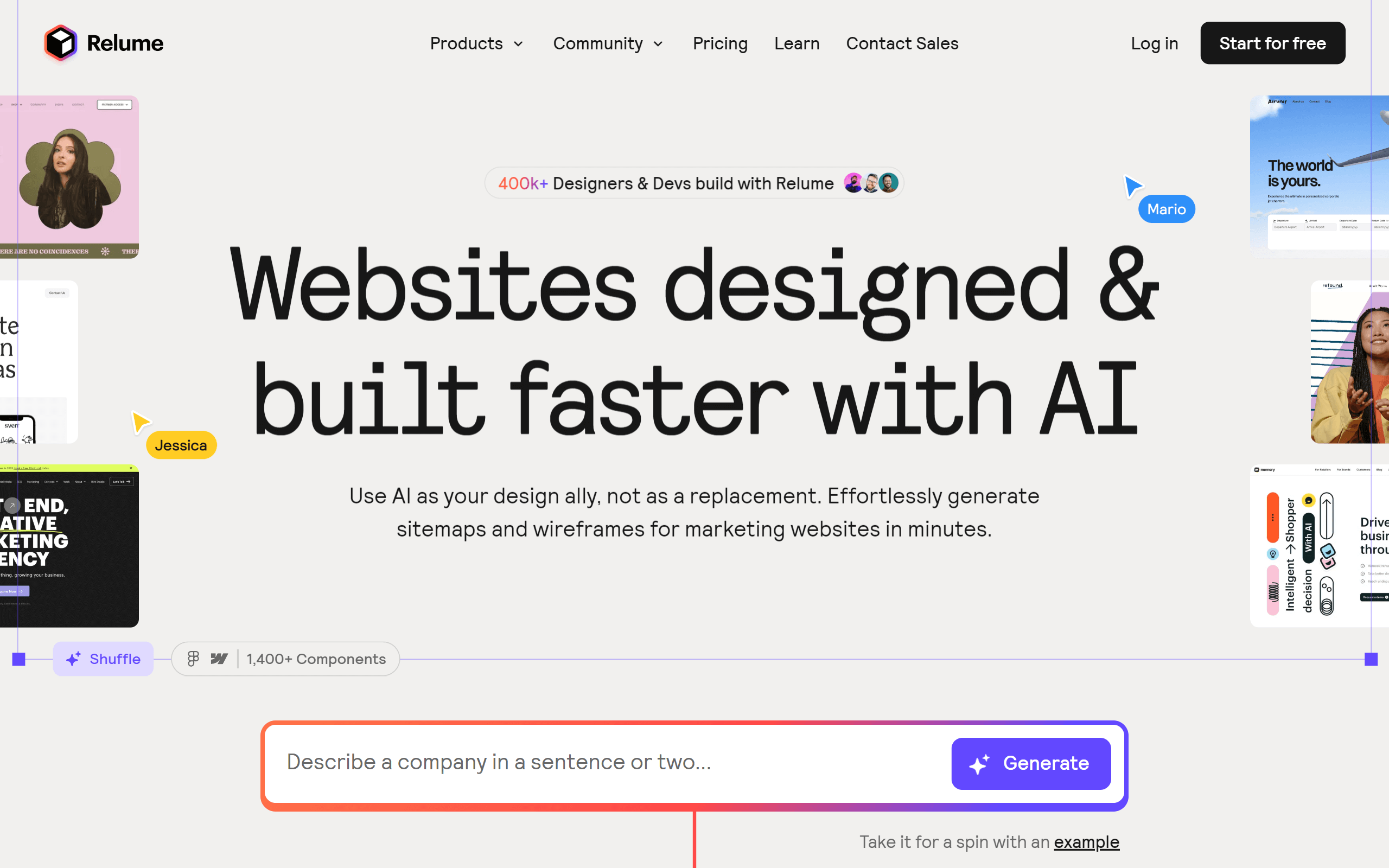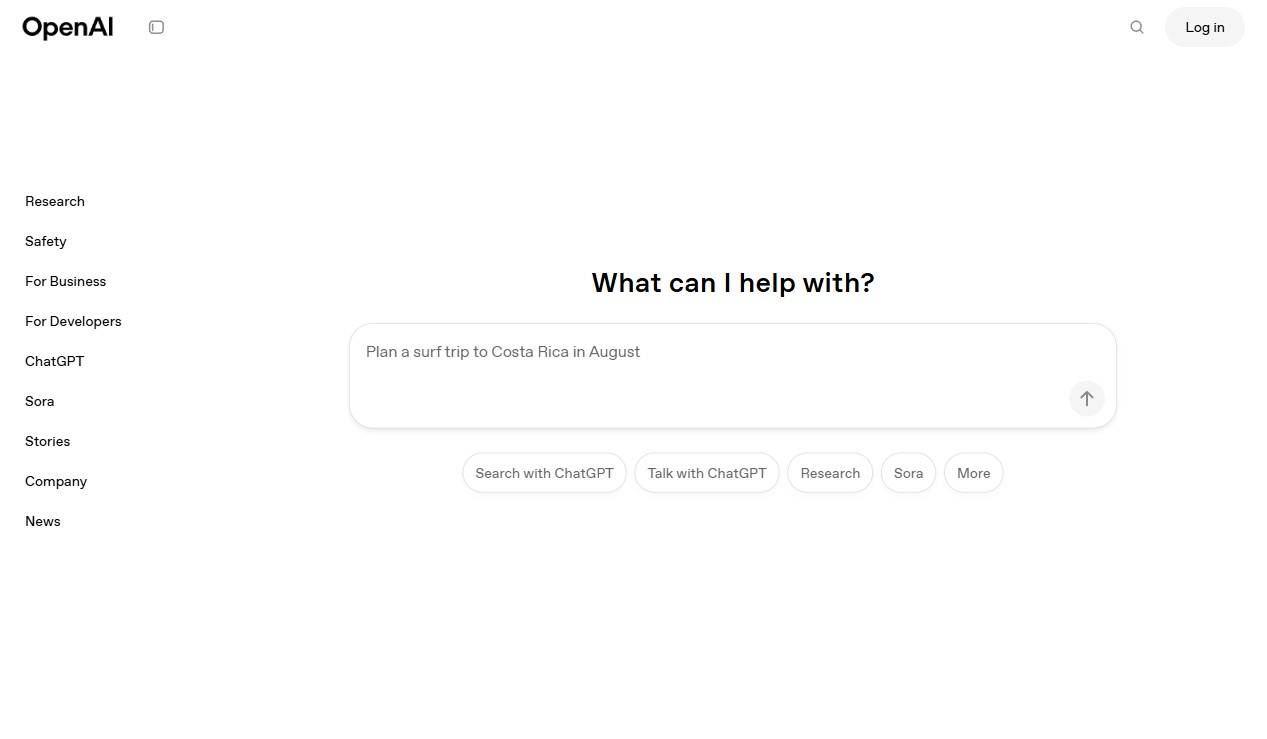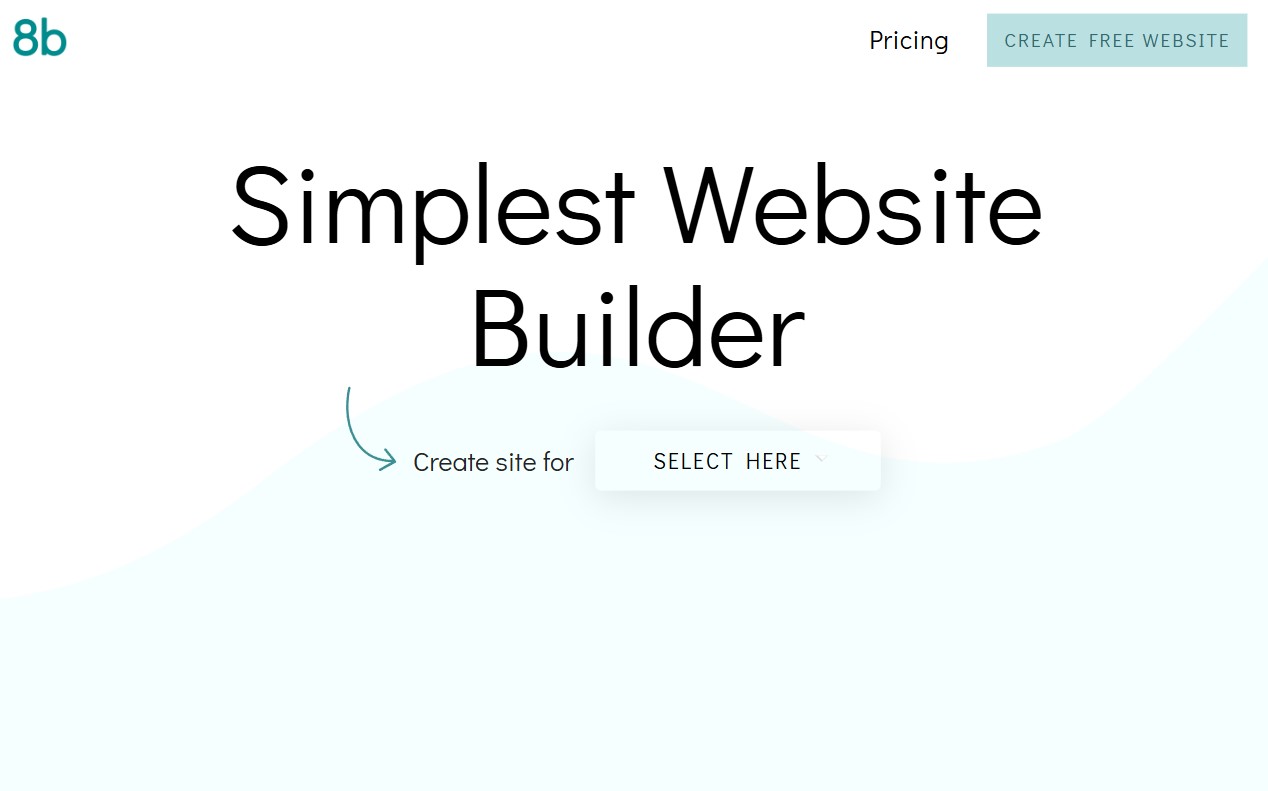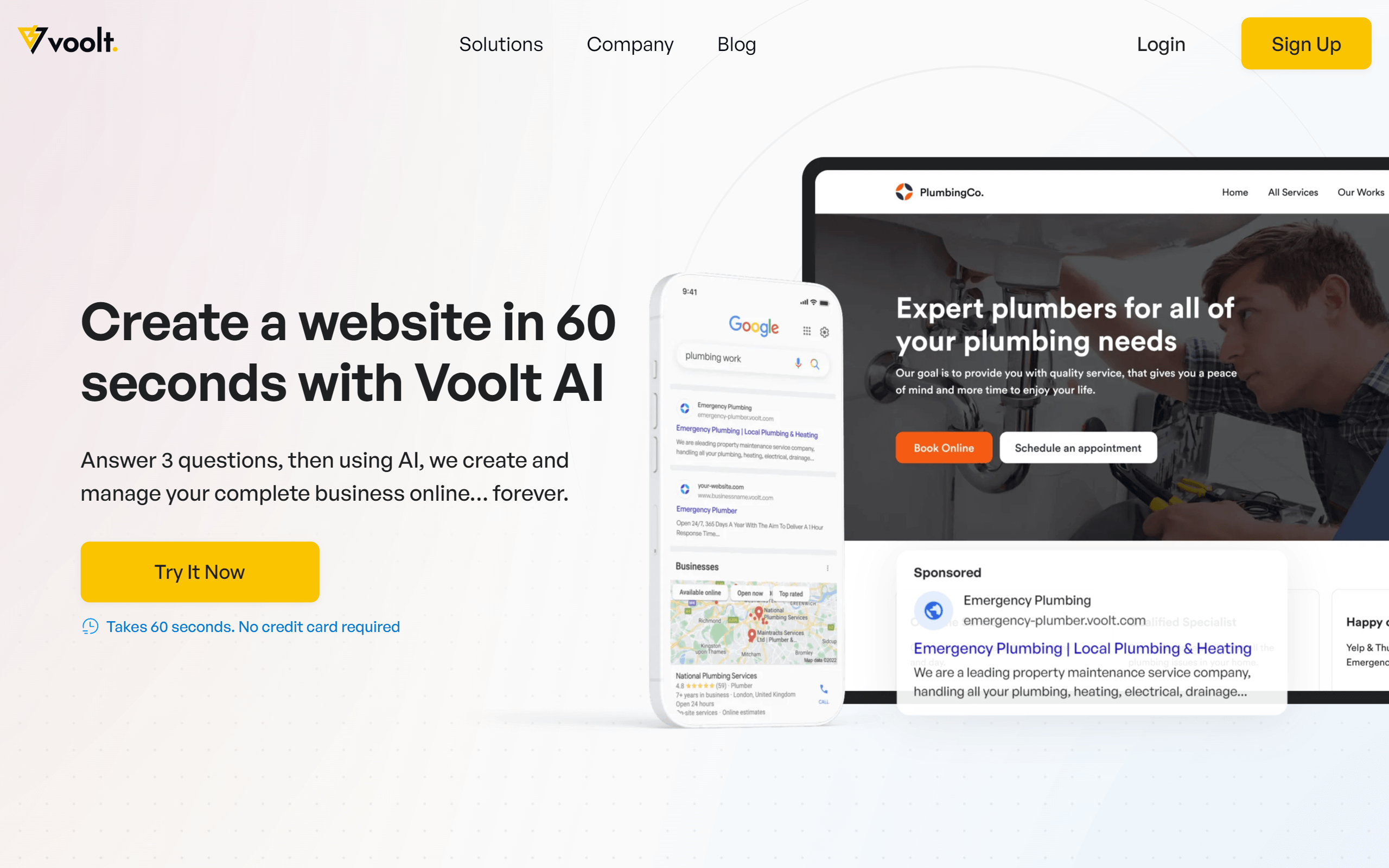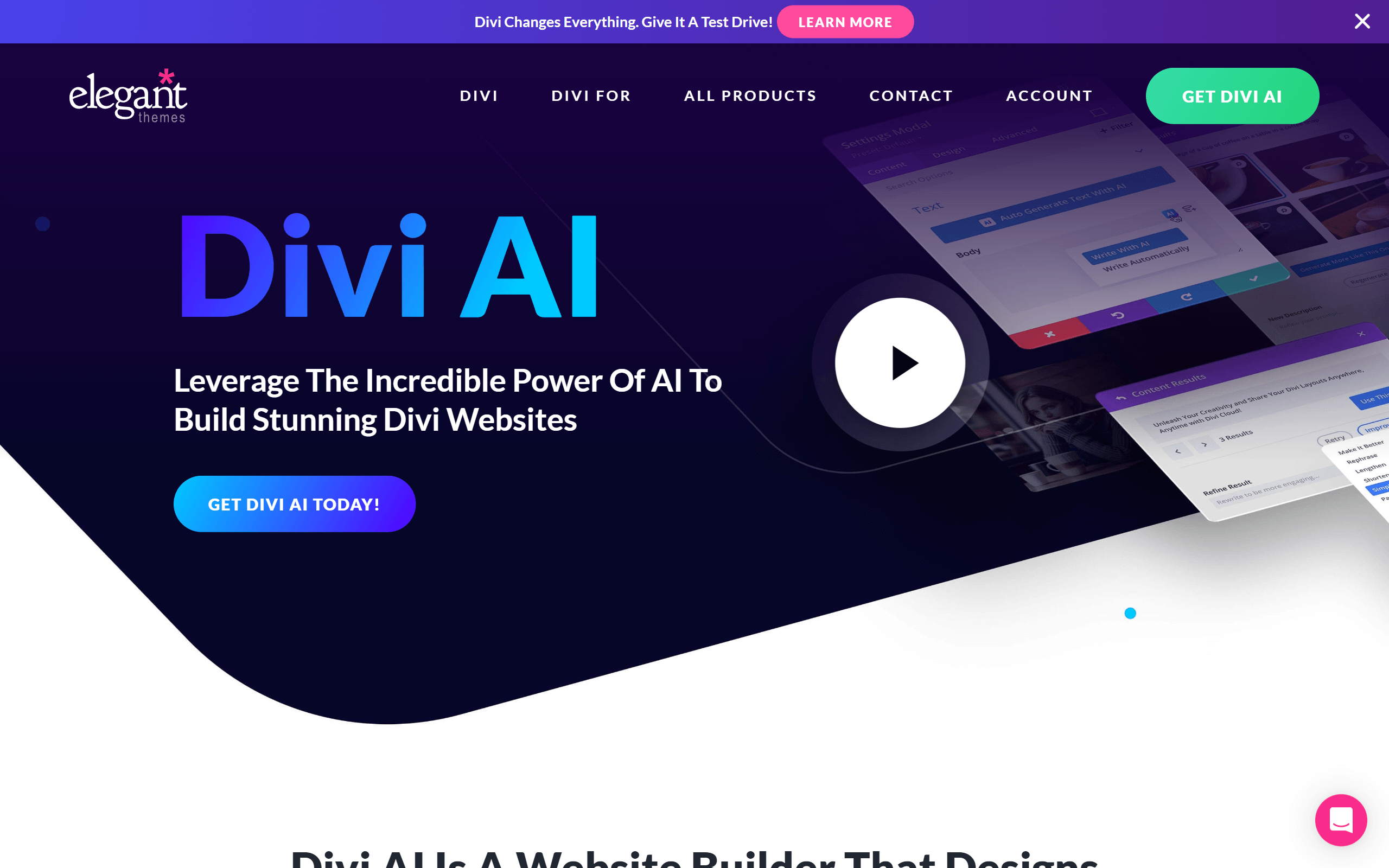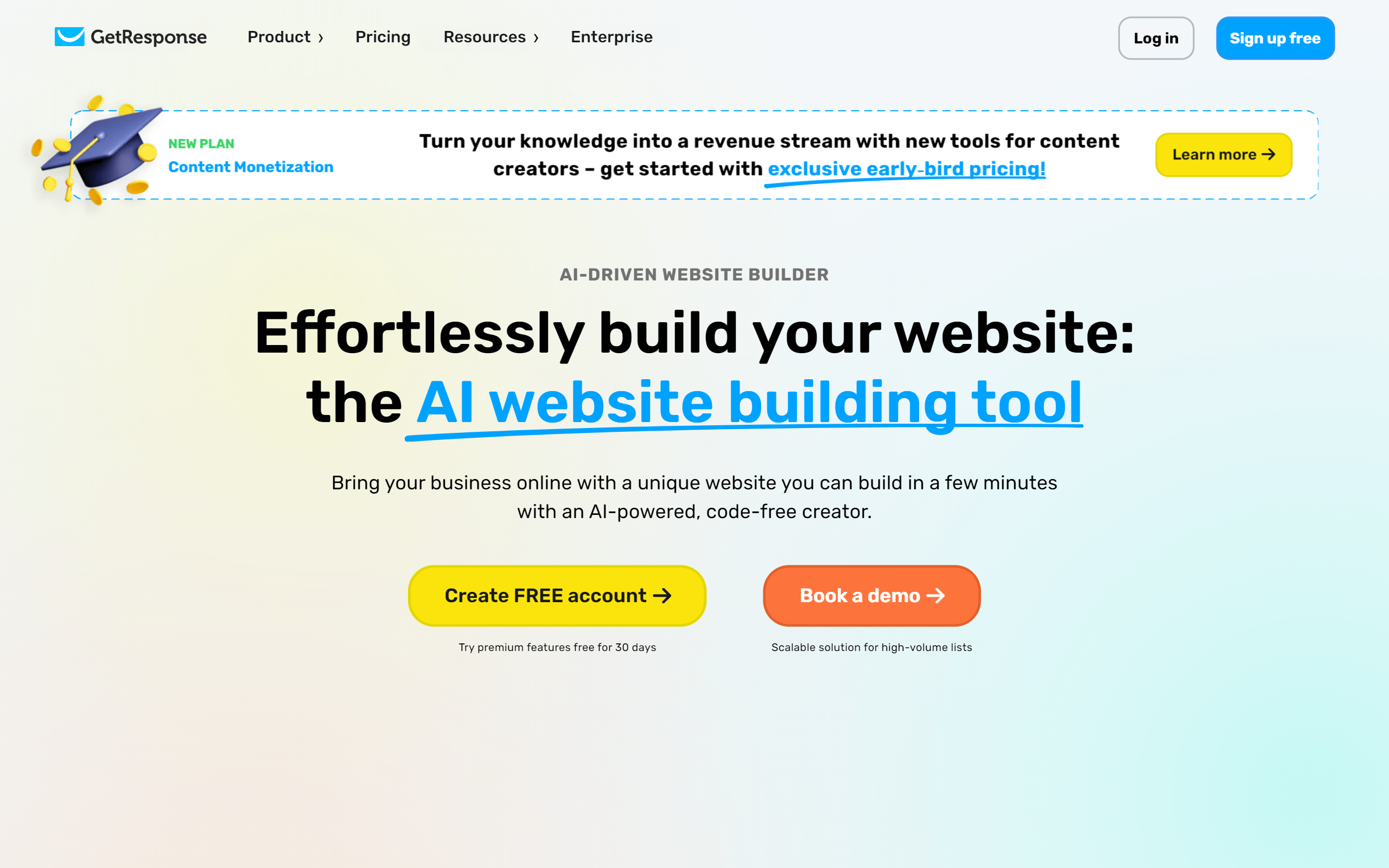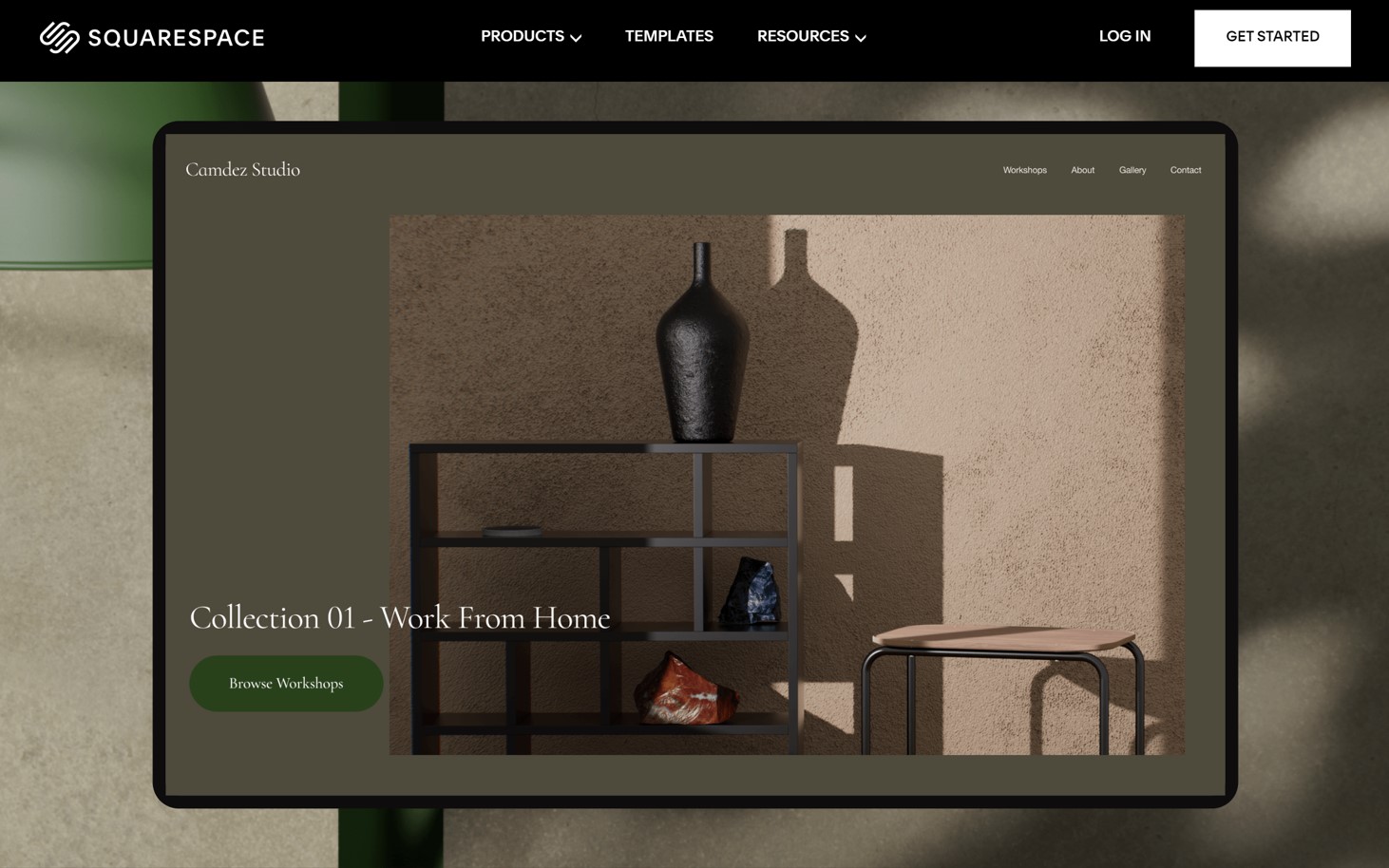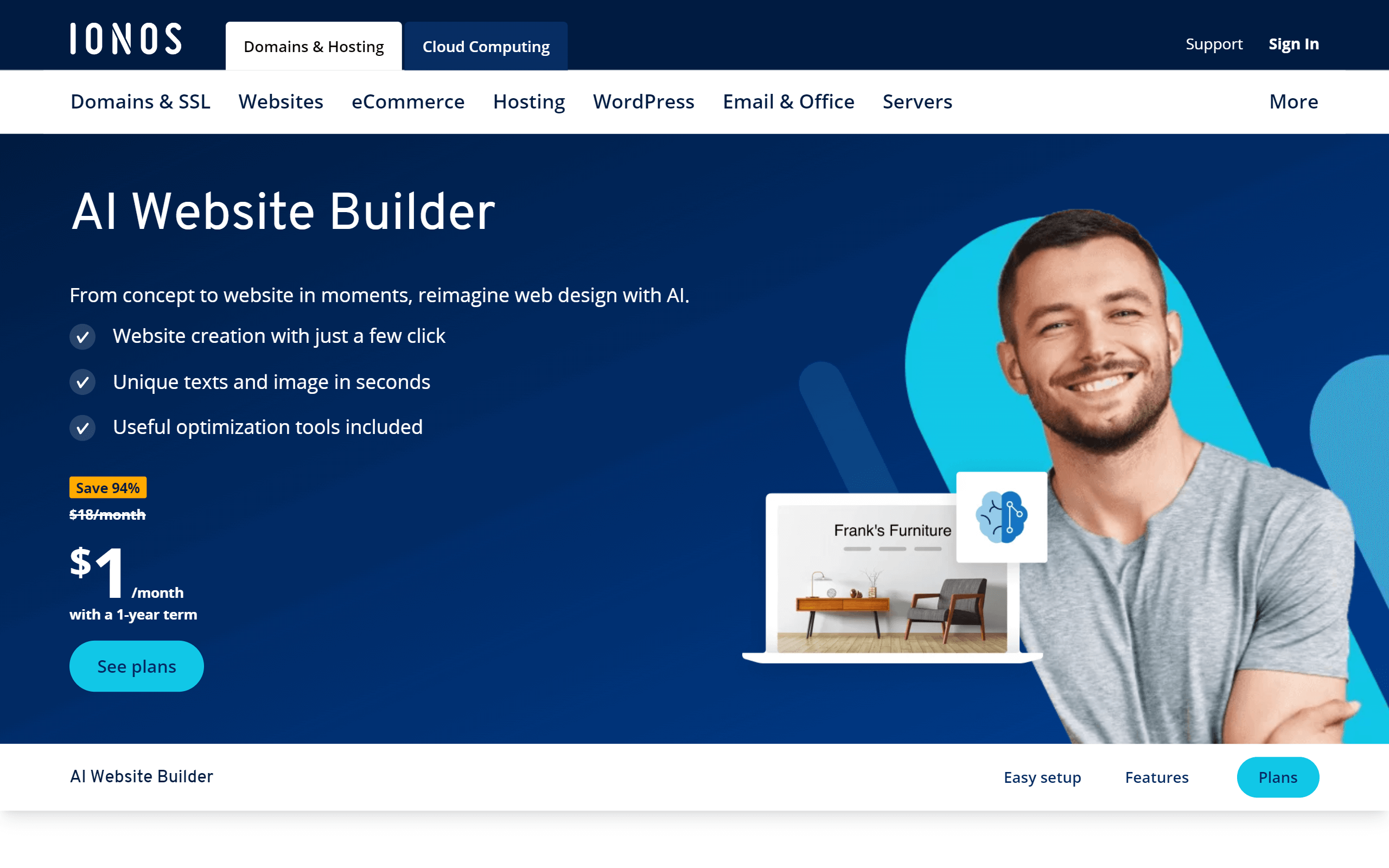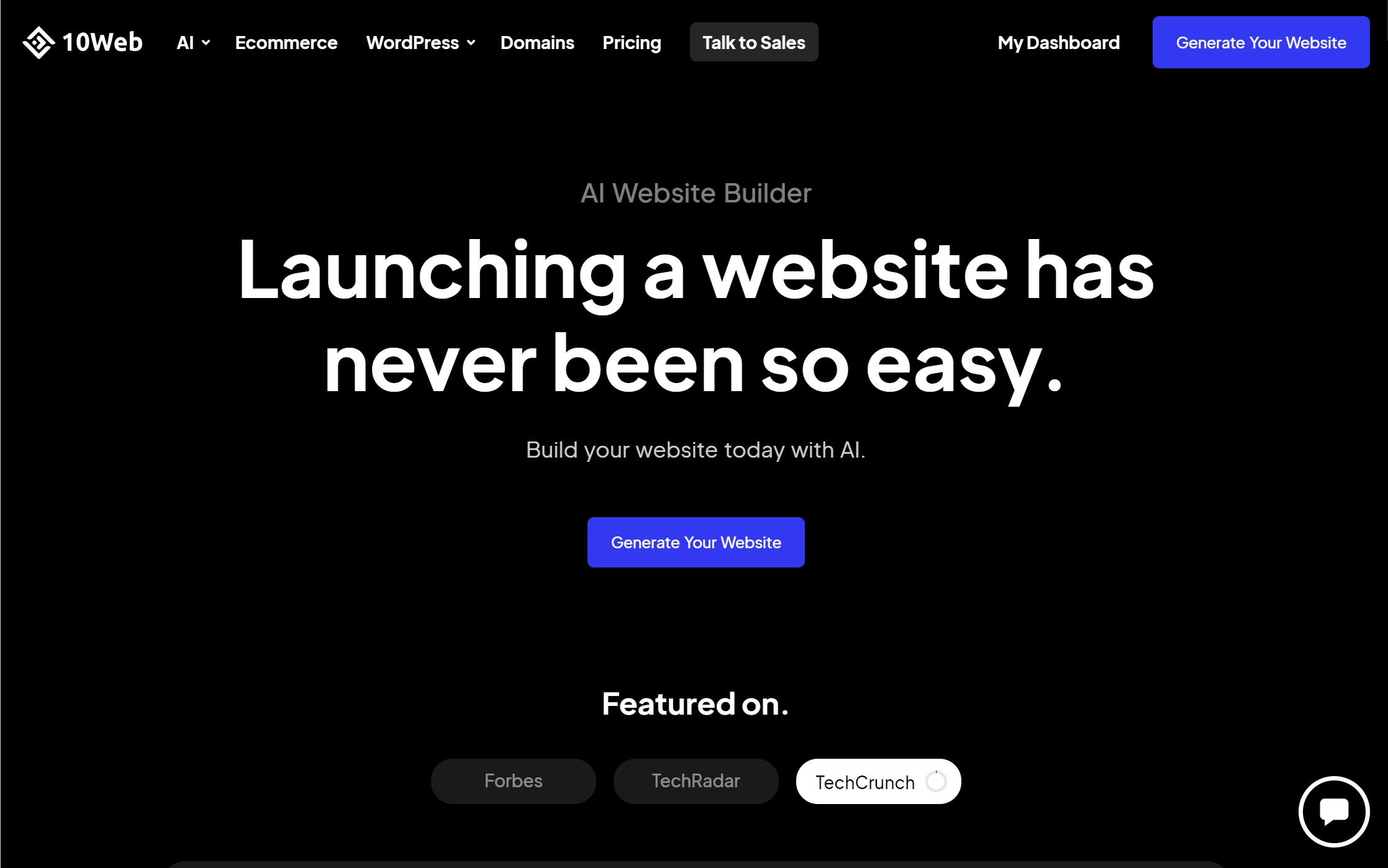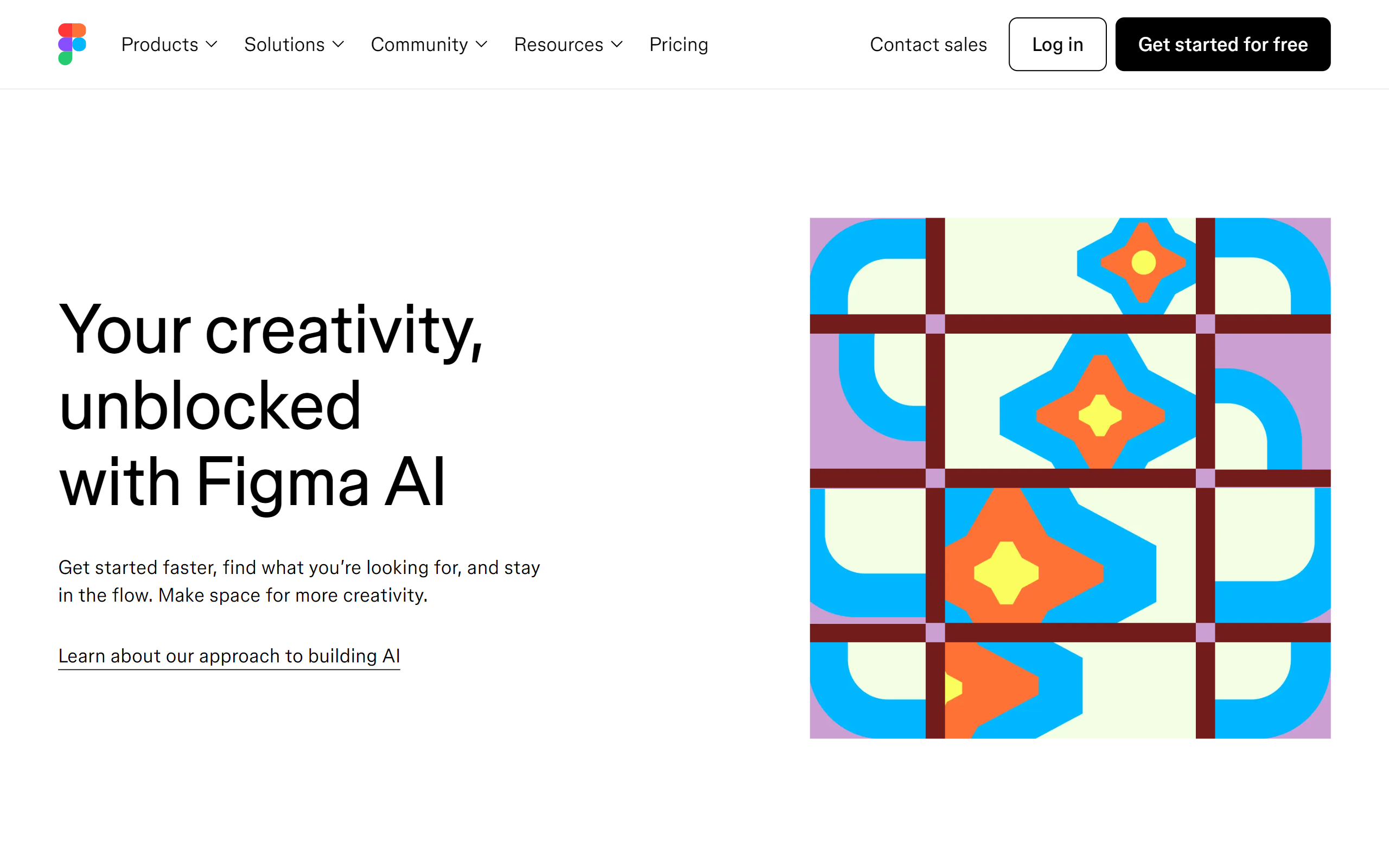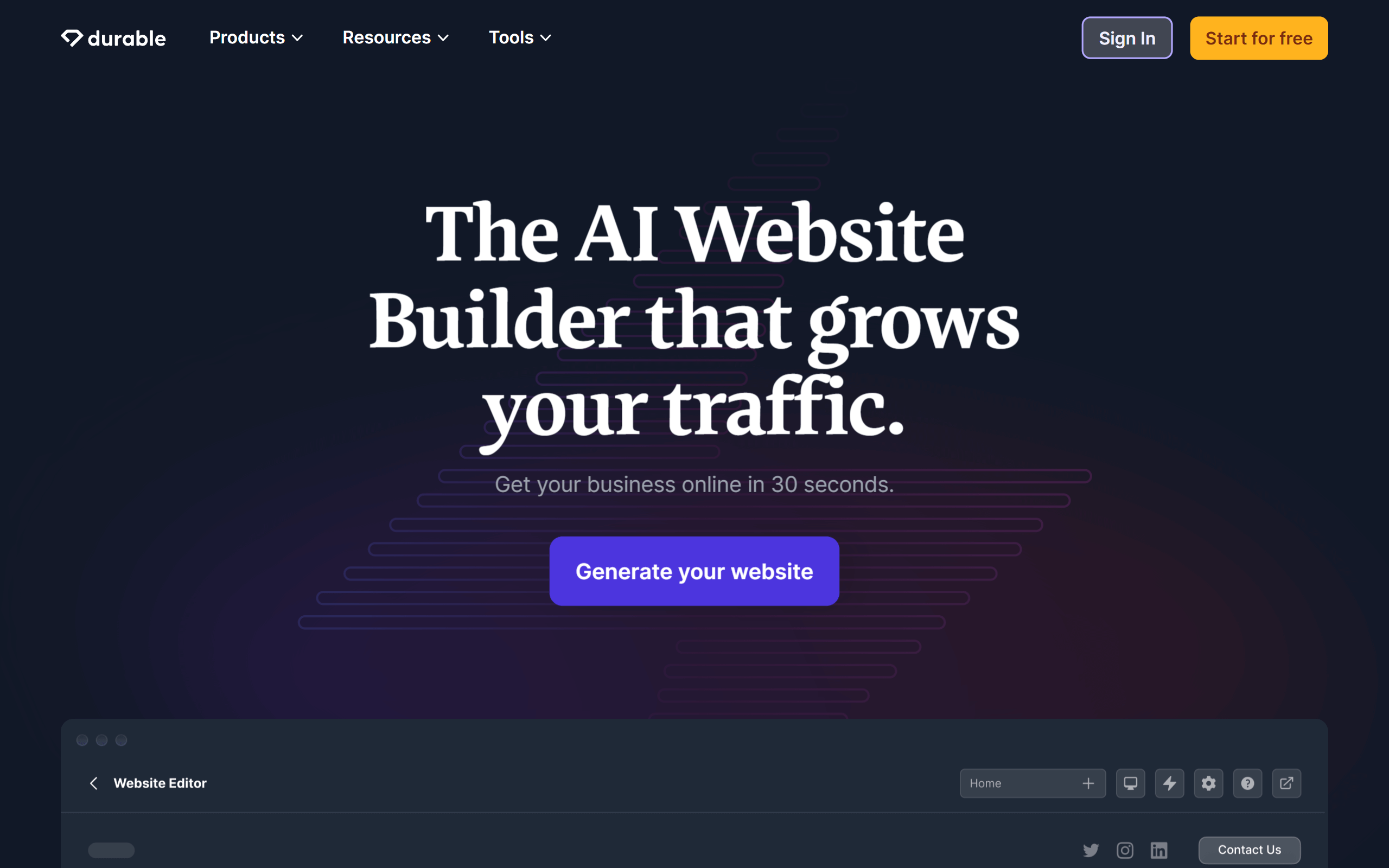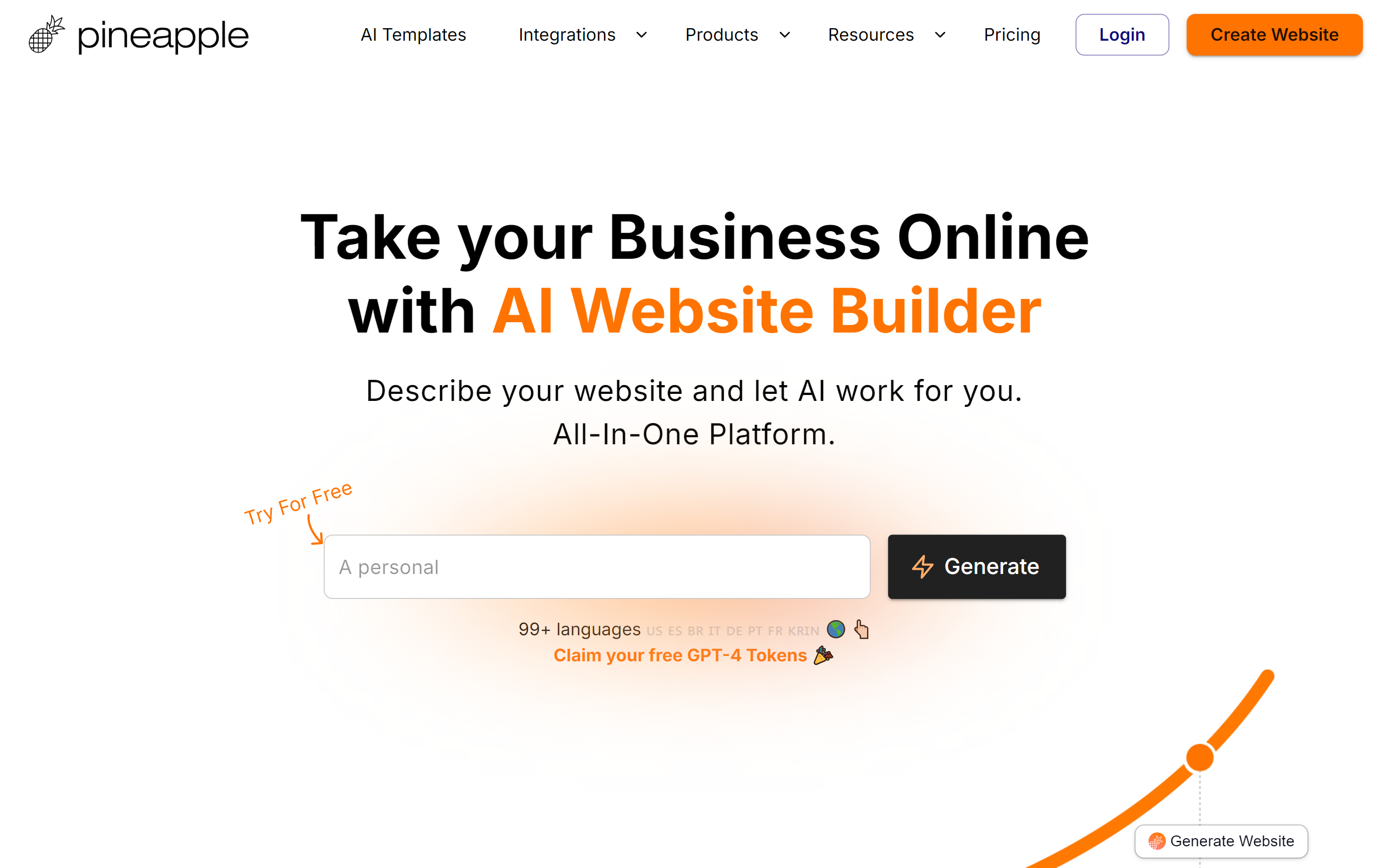| Mobirise AI |
Very easy; prompt-driven page creation |
Moderate; template edits, limited backend control |
Excellent; core features free |
Prompt-to-site generation, image assets, design suggestions |
Limited developer extensions, fewer third-party integrations |
| Wix |
Excellent; drag-and-drop with AI wizards |
Good; templates and apps, limited server control |
Variable; depends on subscription level |
Automated copy, SEO prompts, layout and image generation |
Can feel generic, advanced commerce needs upgrades |
| Squarespace |
Polished; curated editor |
Moderate; strong visual control, limited backend tweaks |
Moderate; bundled plans, AI in higher tiers |
Aesthetic recommendations, copy prompts, image enhancement |
Fewer AI integrations, subscription costs for commerce |
| Wordpress |
Variable; depends on plugins and setup |
Exceptional; full code access and extensibility |
Variable; hosting and plugin fees affect total |
Plugin-driven content assistants, SEO automation, media tools |
Plugin compatibility, update and security overhead |
| Shopify |
Streamlined for commerce owners |
Strong for commerce; limited server customization |
Good with sales scale; AI often paid |
Product copy automation, merchandising tips, image gen |
Recurring fees, integration costs, content needs brand tuning |
| GoDaddy |
High; guided builder and bundled hosting |
Limited; basic customization |
Good for small sites; bundled pricing |
Content drafting, SEO tips, starter layouts |
Basic AI, weak branding uniqueness, migration hurdles |
| Webflow |
Powerful but steeper learning curve |
Excellent; precise layout control and custom code |
Variable; professional plans increase cost |
Layout proposals, automated CSS, content scaffolding |
Steep learning path, AI complements manual work, higher plan costs |
